Key Philosophical + Psychological research on grief and the metamorphosis of self.
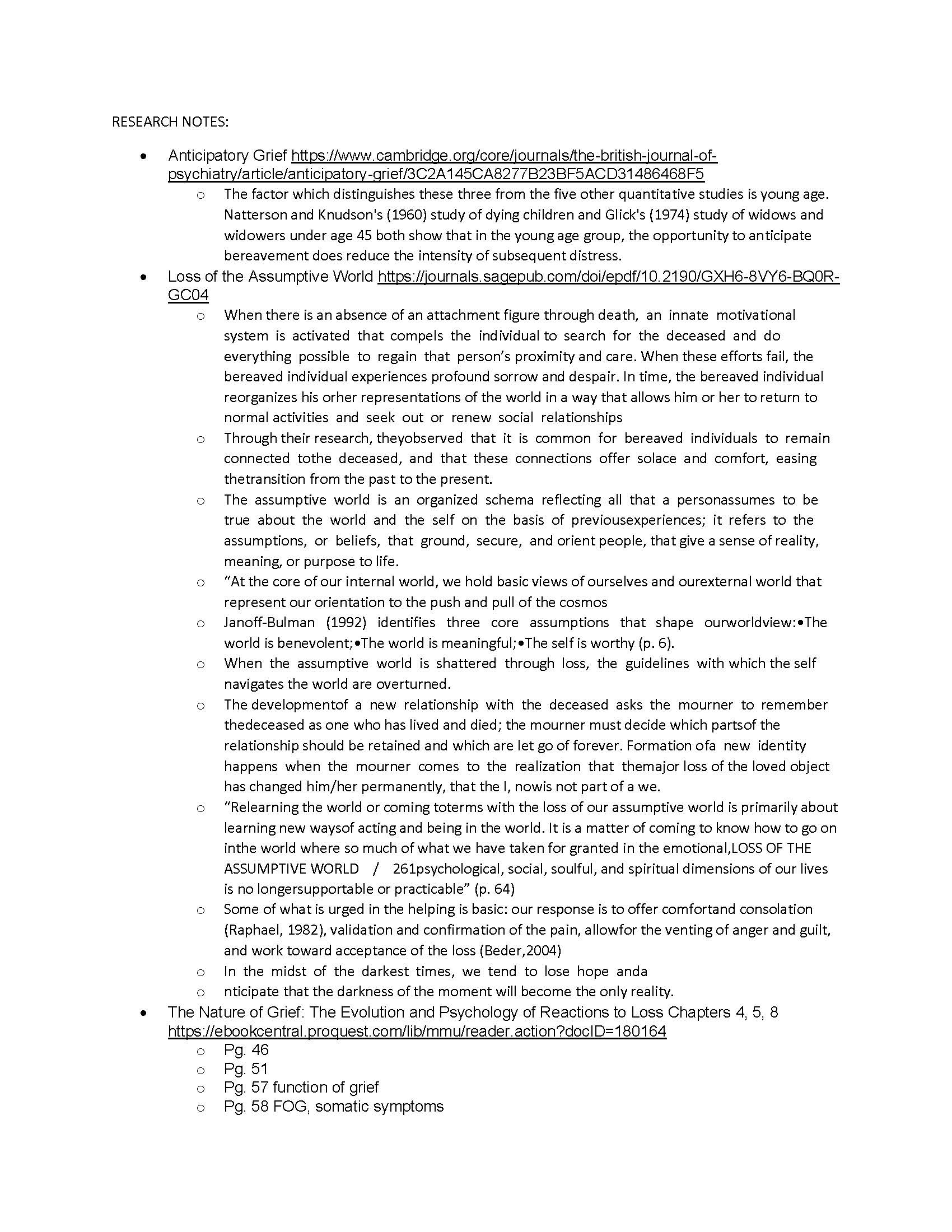
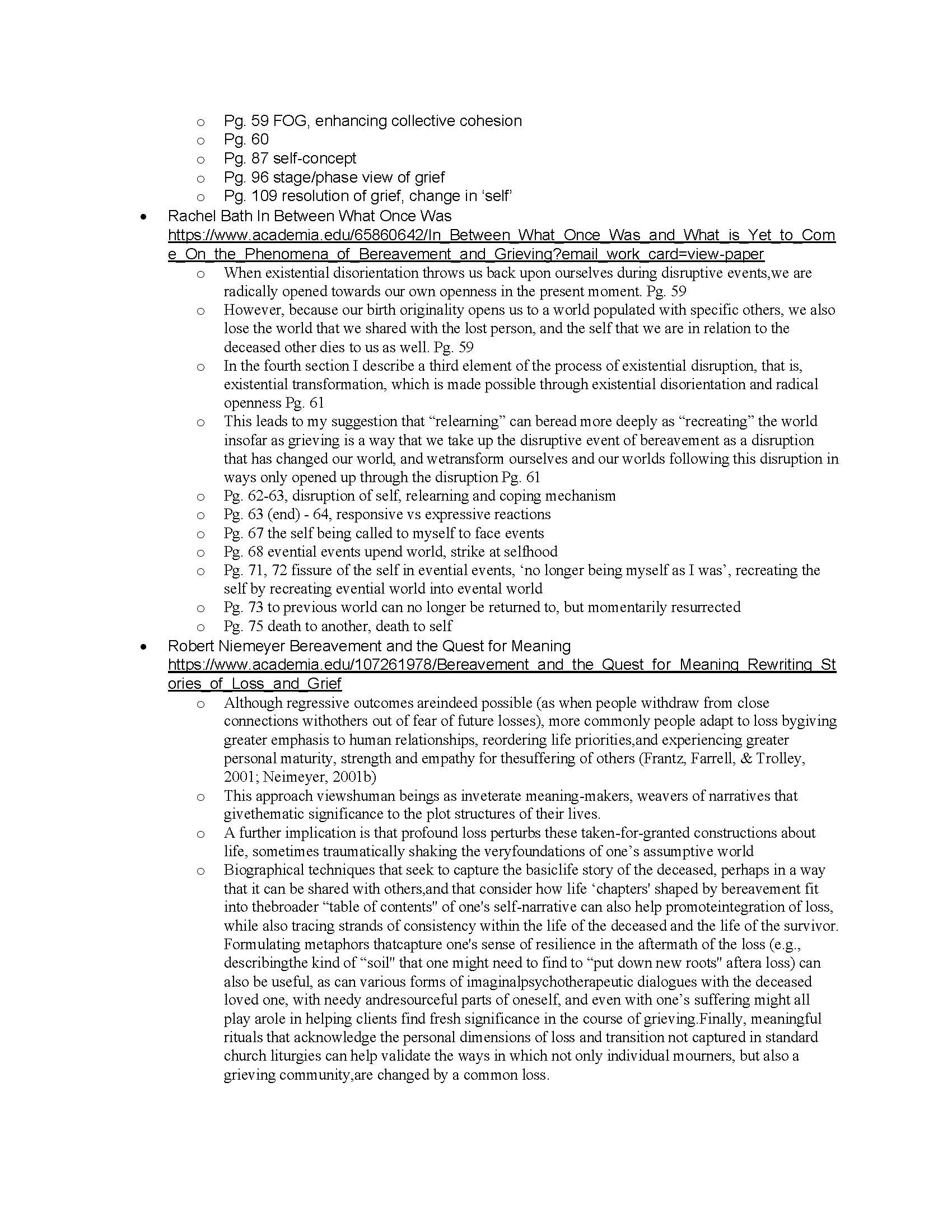
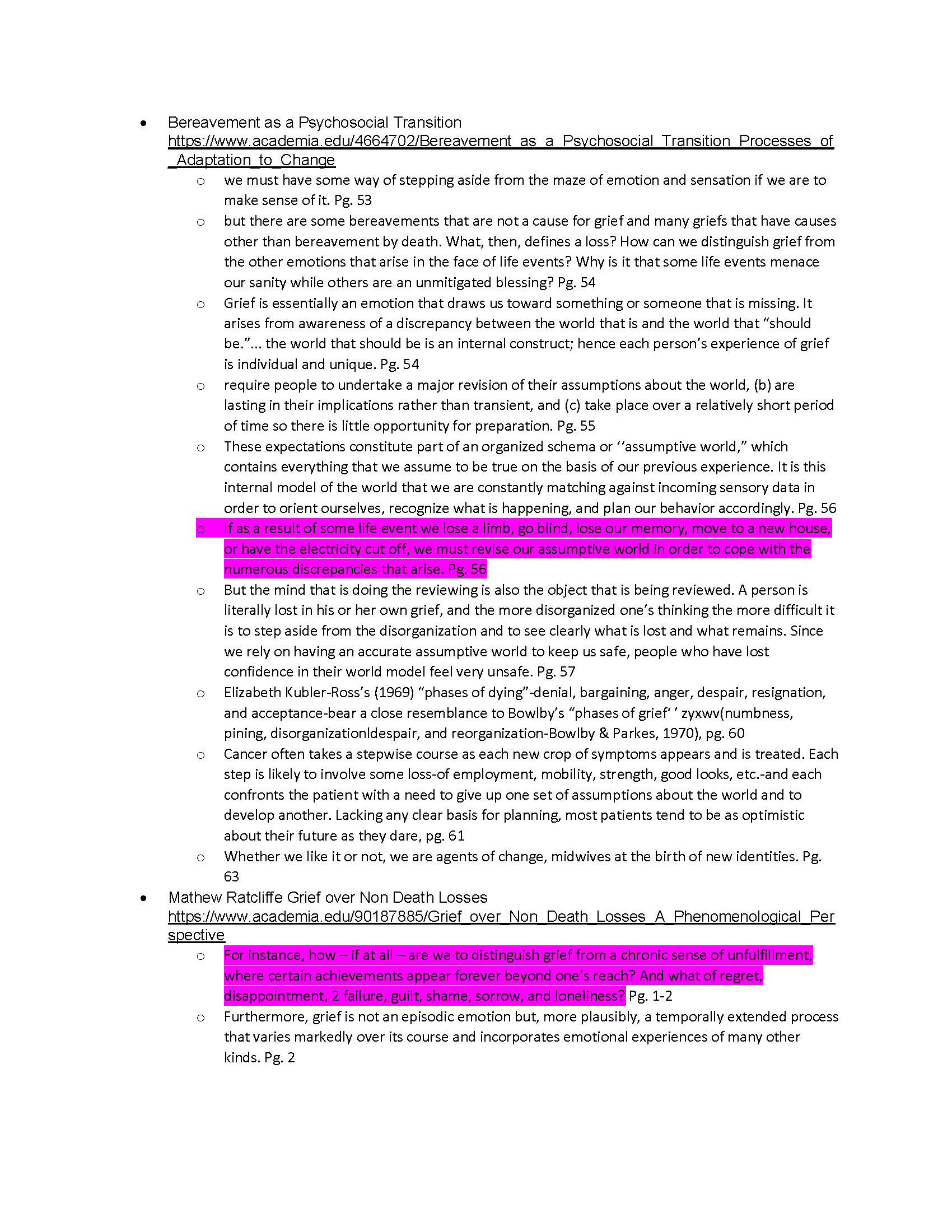
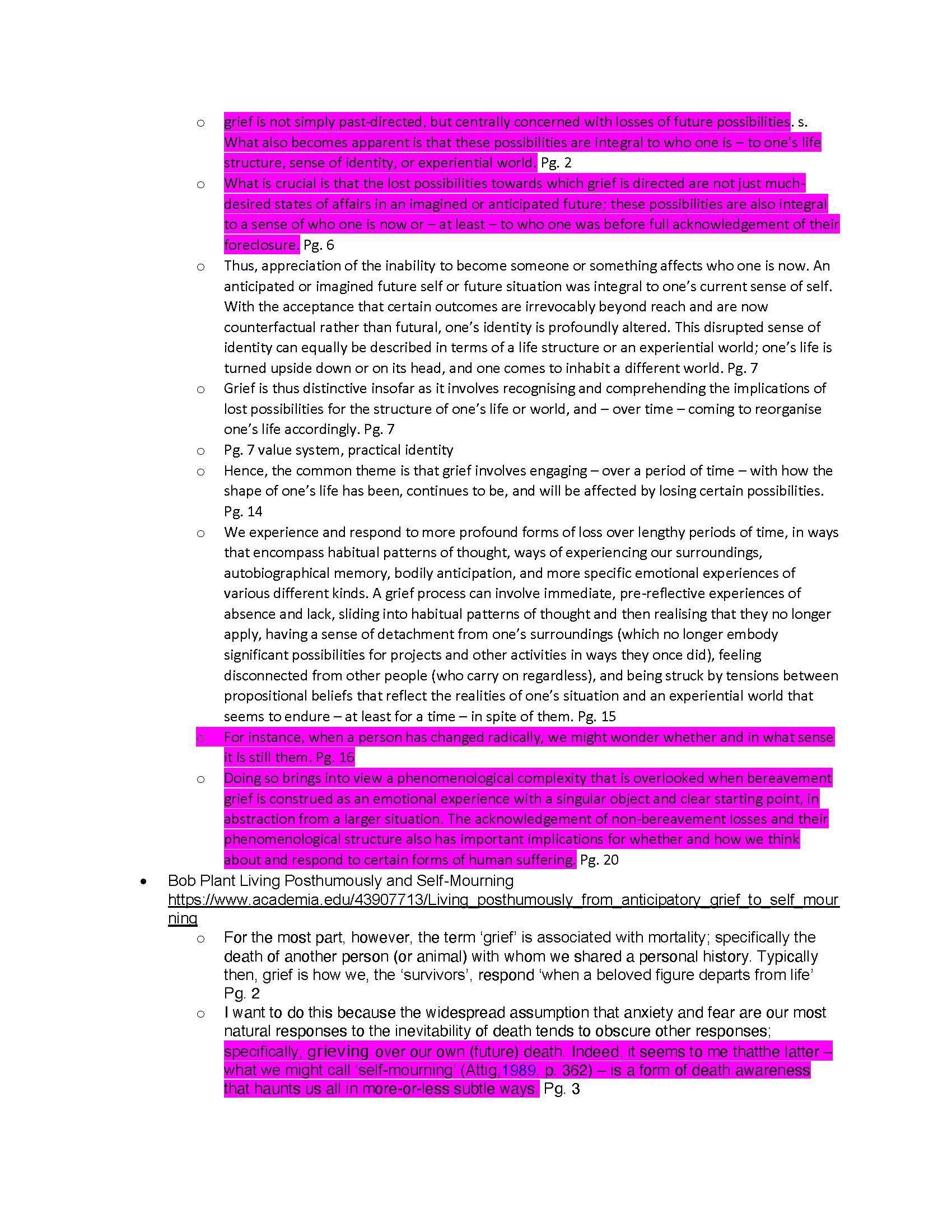
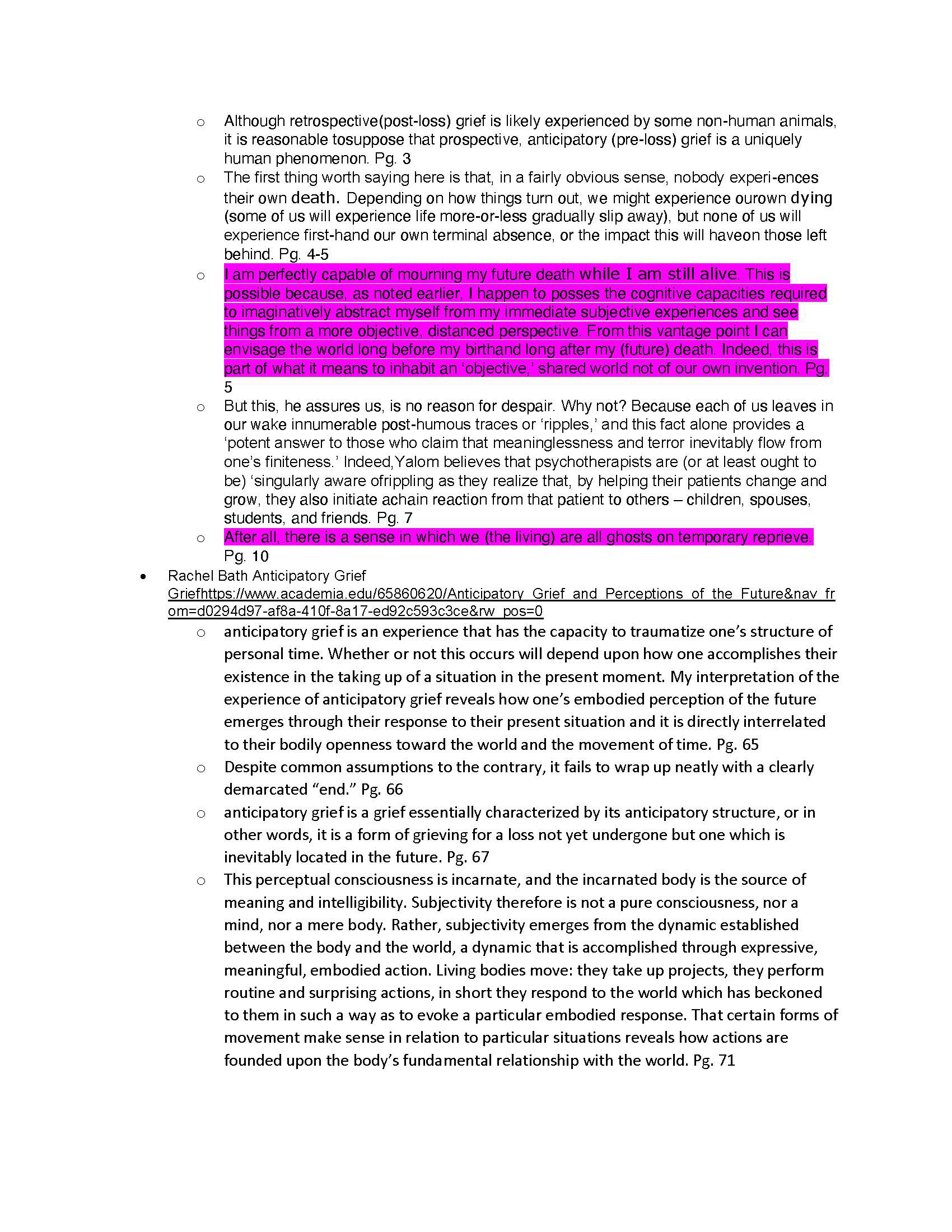
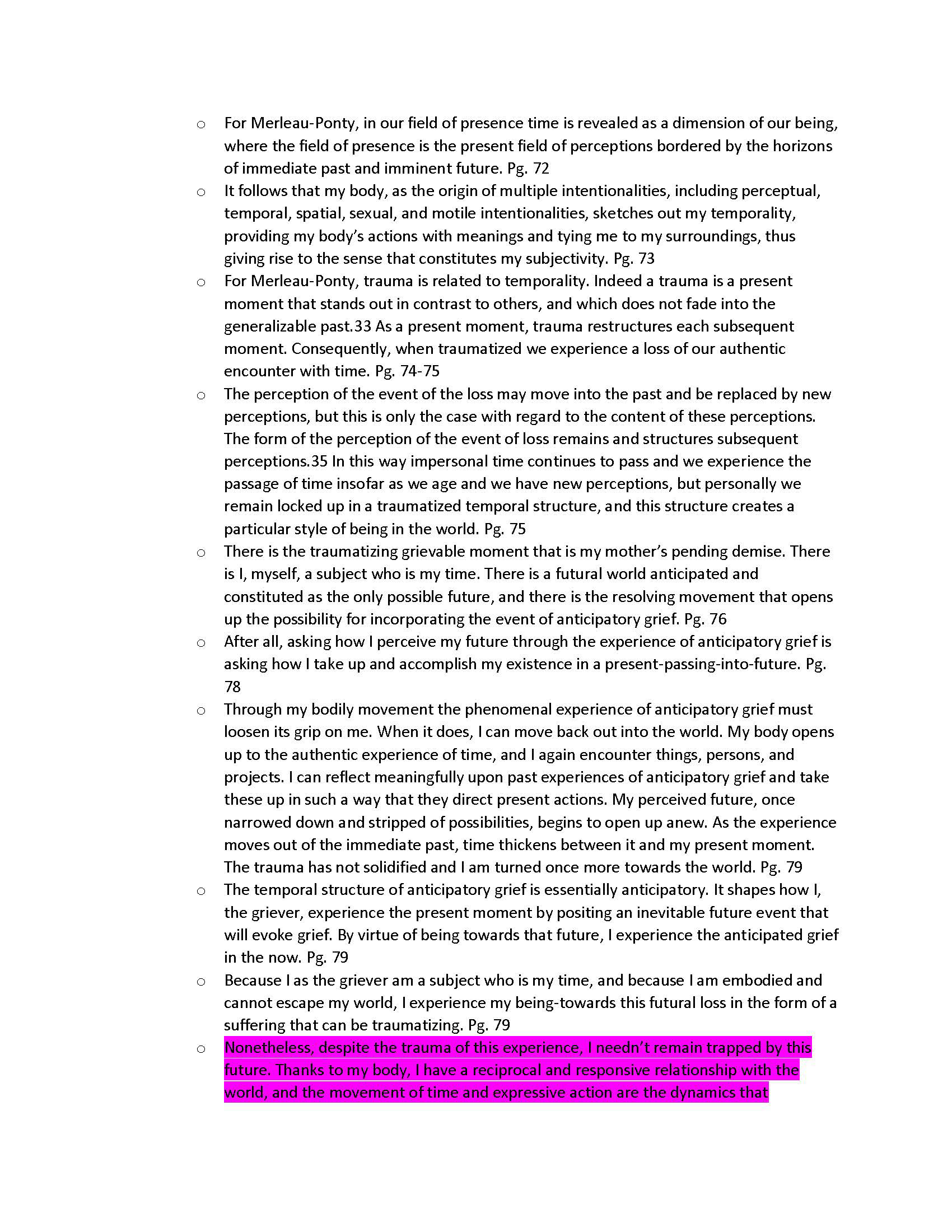
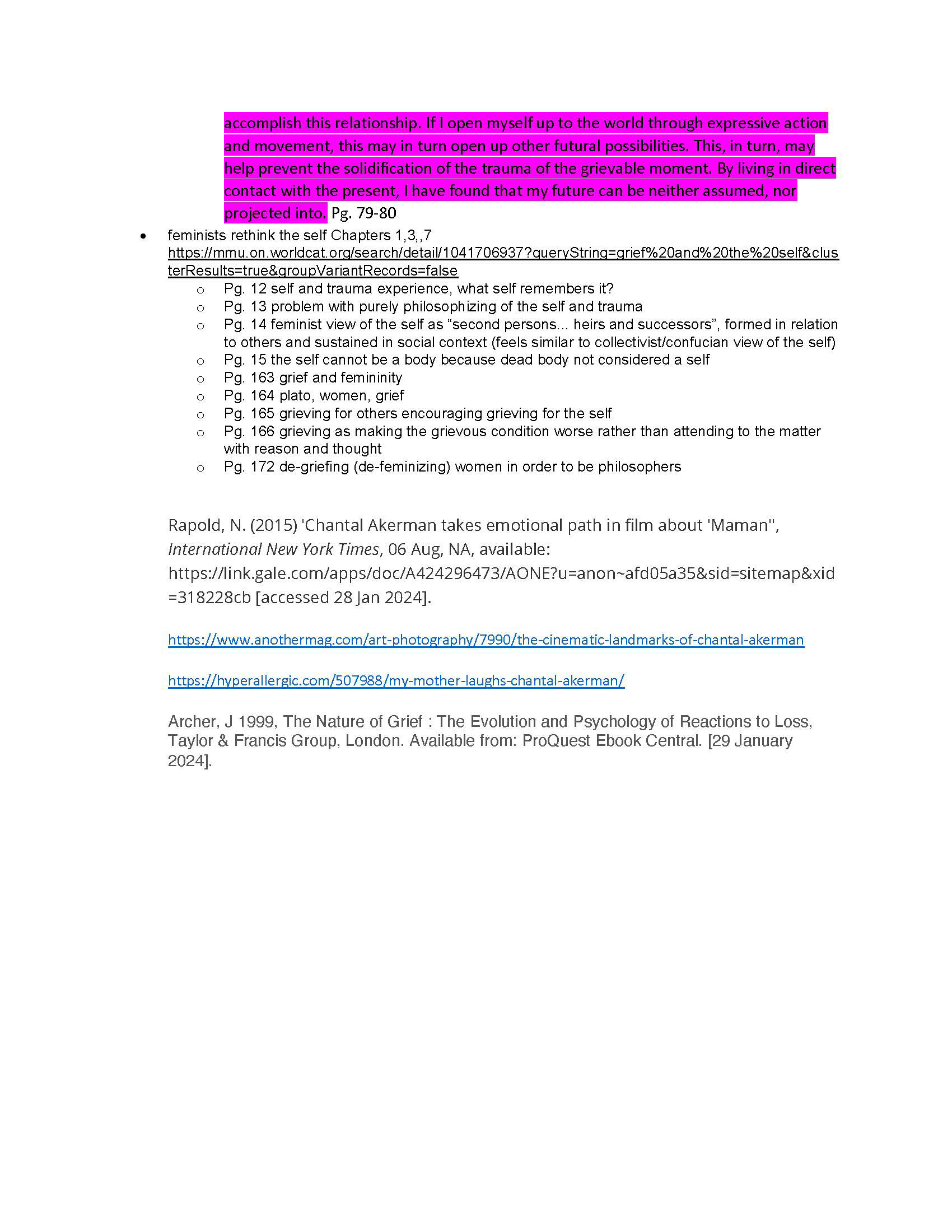
Key Books.
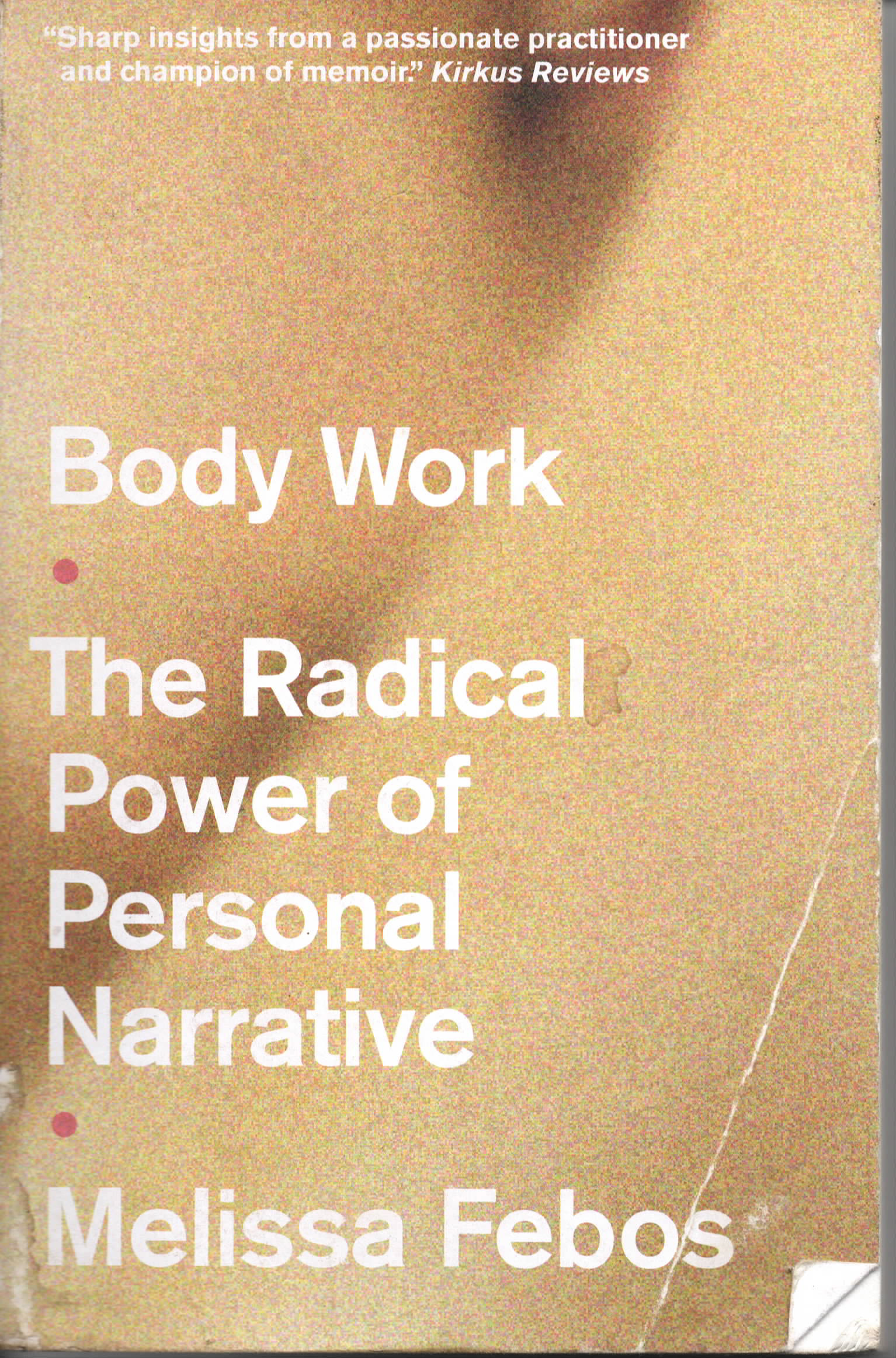
A book that underpinned my investigations throughout the year. Febos gave me contextual bravery to fully delve into my personal experiences and find the core aspects that really vibrate, that can be plucked and expanded to talk about grief universally.
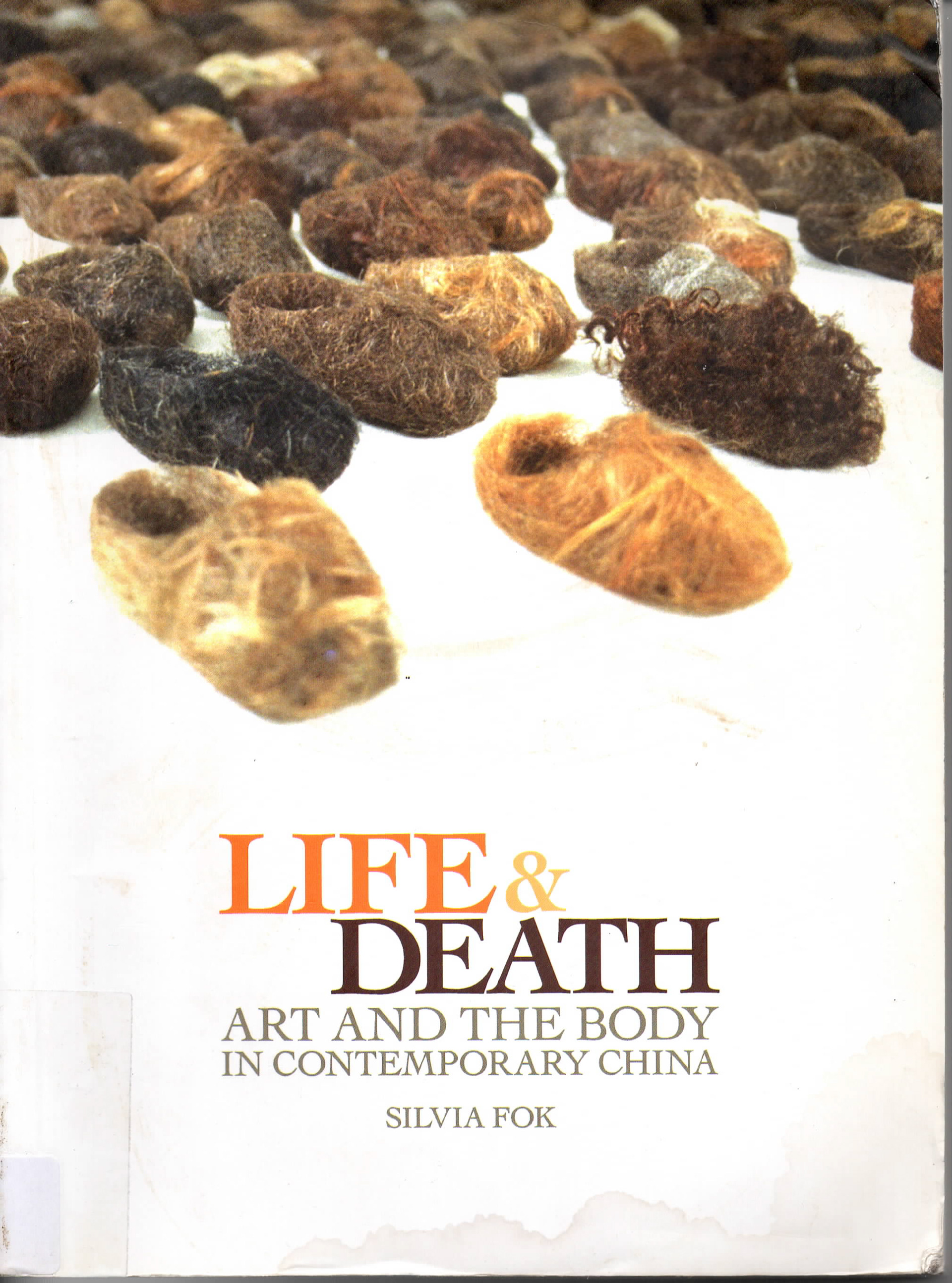
I am very drawn to contemporary Asian artists' processes around death in artwork; ideas on tradition and personal histories through (often) gentle mediums, colors, imagery that do not shy away from confronting death. Often in western culture it feels like we attempt to look around death, rather than at it; I want to look at death, to confront it in ways that are healing for our understanding of self and of human experience.
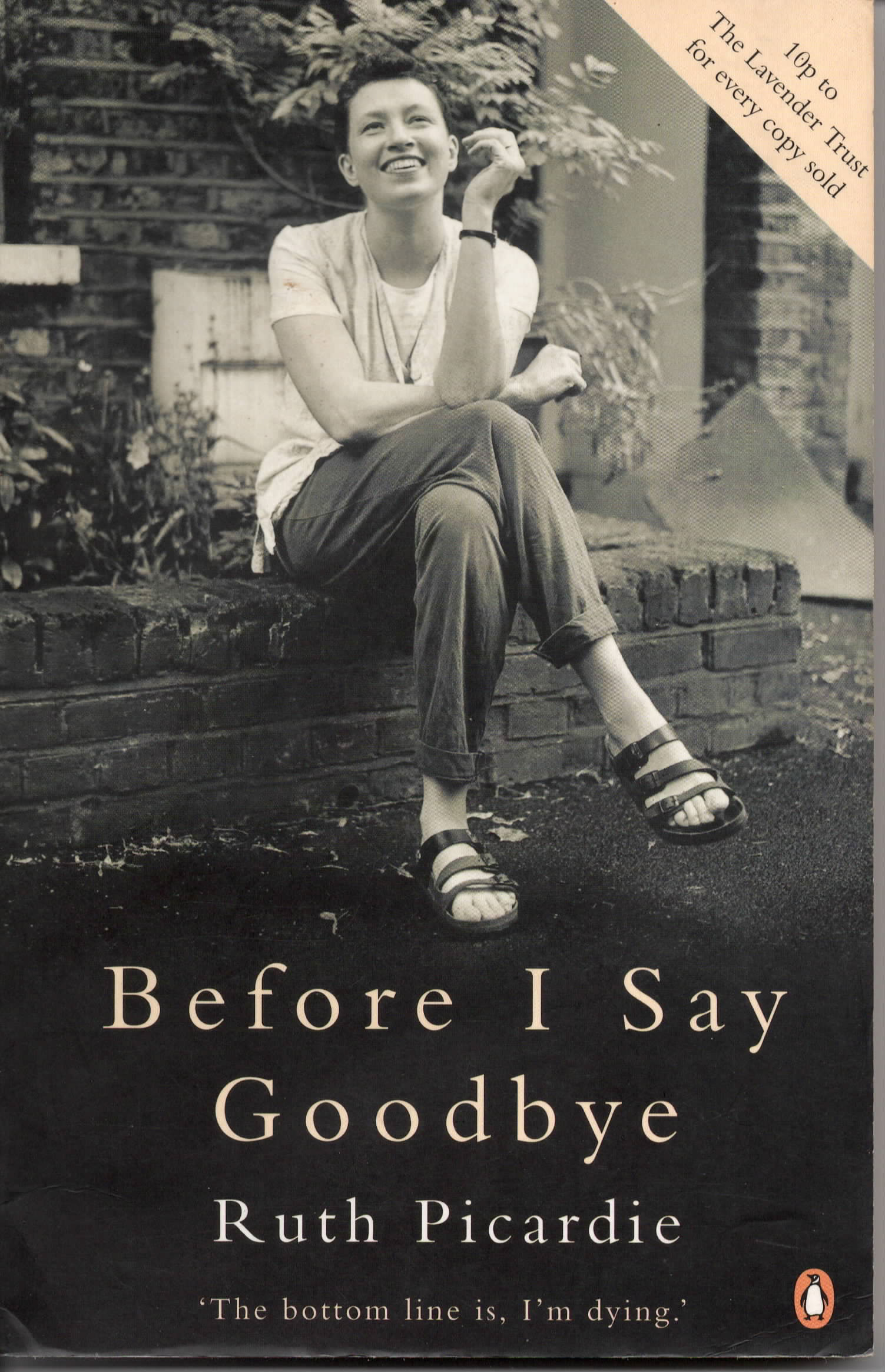
A beautiful, painful read I picked up in a bookstore on the Wales residency. I was drawn to it as I have been to anything about dying; it was both comforting and heart-wrenching; I gravitate towards blunt honest writings on cancer and death and found her personal letters and humour in the face of death particularly uplifting.
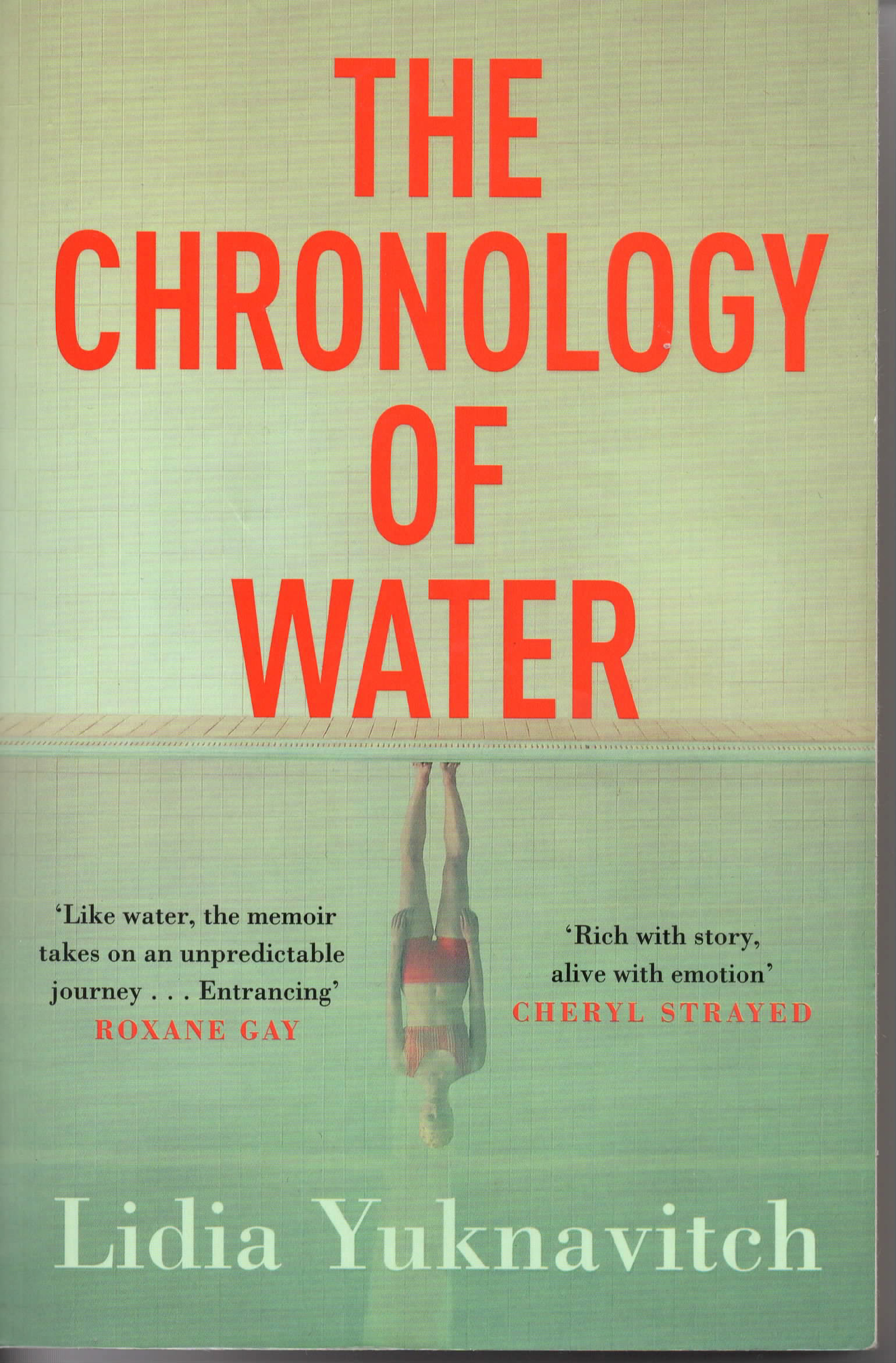
This book, Yuknavitch's writing style, blew me away and was a forceful inspiration in how much poetry/prose I wrote over the course of this year. Her writing is some of the most brazen I have read but also defiant of its' own labeled brazenness. Her handling of the self and grief is not concrete, it is evolving but finds stability in its declarations.
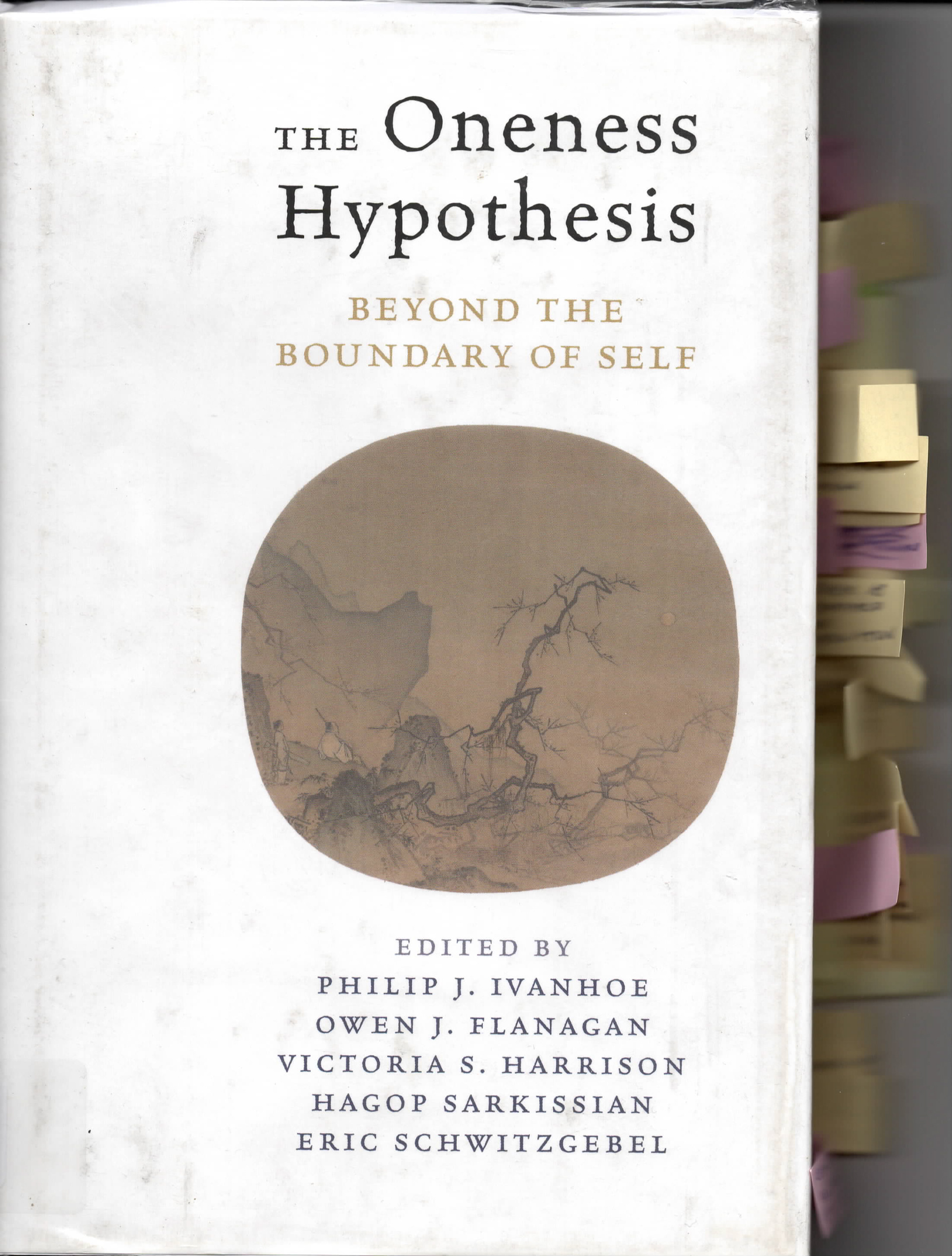
One of the most key texts in my research on Grief and the Metamorphosis of Self. Helped solidify my articulation of the self as more than just the things we do independently and in action; I think the "self" I articulate in my work belongs more to the collectivist view of "self" as seen predominantly in east Asian countries; or perhaps I am trying to find the line between the western individualist and eastern collectivist "selves"; once again circles back to my interest in liminal spaces of our internal, of our mind, of our construction of self and its' slippery shifting.

This book has been a continual reference since second year. As I was developing my ideas of parallels between the self and houses, this book (although thematically different) spoke on grief and the storage of memories, the passage of time, and elements of magical realism to very dakr subject matter. This book is an inspirational example of what Melissa Febos advocates in "Body Work". I turn to this book when thinking about how much information in my work needs to be factually or explicity given and how much can be felt through evocative material and/or artistic language and composition.
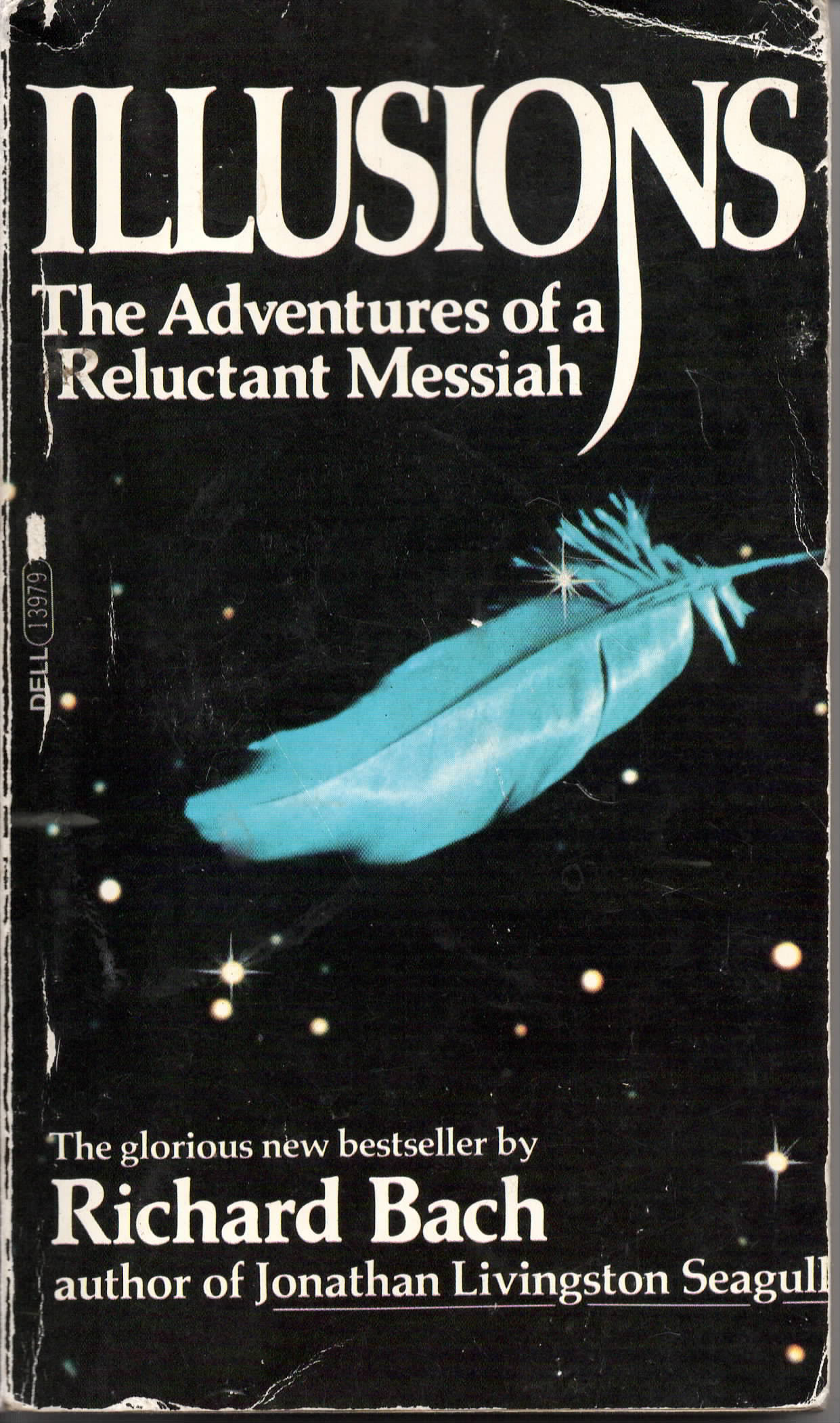
This book has stuck with me for a decade. I am searching for ways to talk about real life experiences without needing to be literal all the time. I yearn for magic and true storytelling in my work and I think of "Illusions" in this way; it tells a story that rings true to the core of human experience without needing to always make sense according to the "real world" we move through every day. There are things beyond our understanding, things beyond the immediately understood.
Key Artist Influences.
excerpts of 'From Death to Death and Other Small Tales'
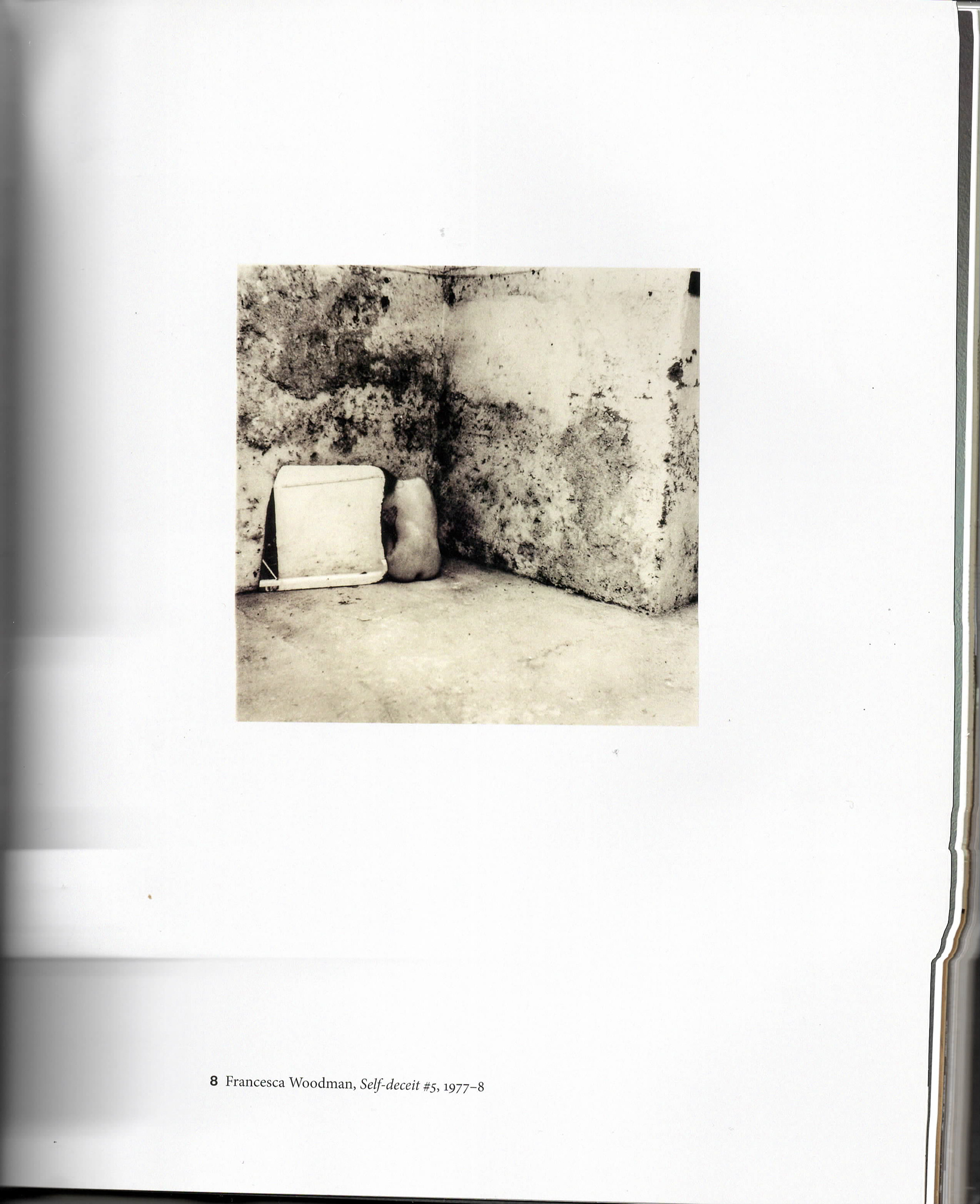
thinking of created walls, reflections, decay and accumulation. the ways in which we turn towards and away from ourselves. proximity. corners. obscurity.
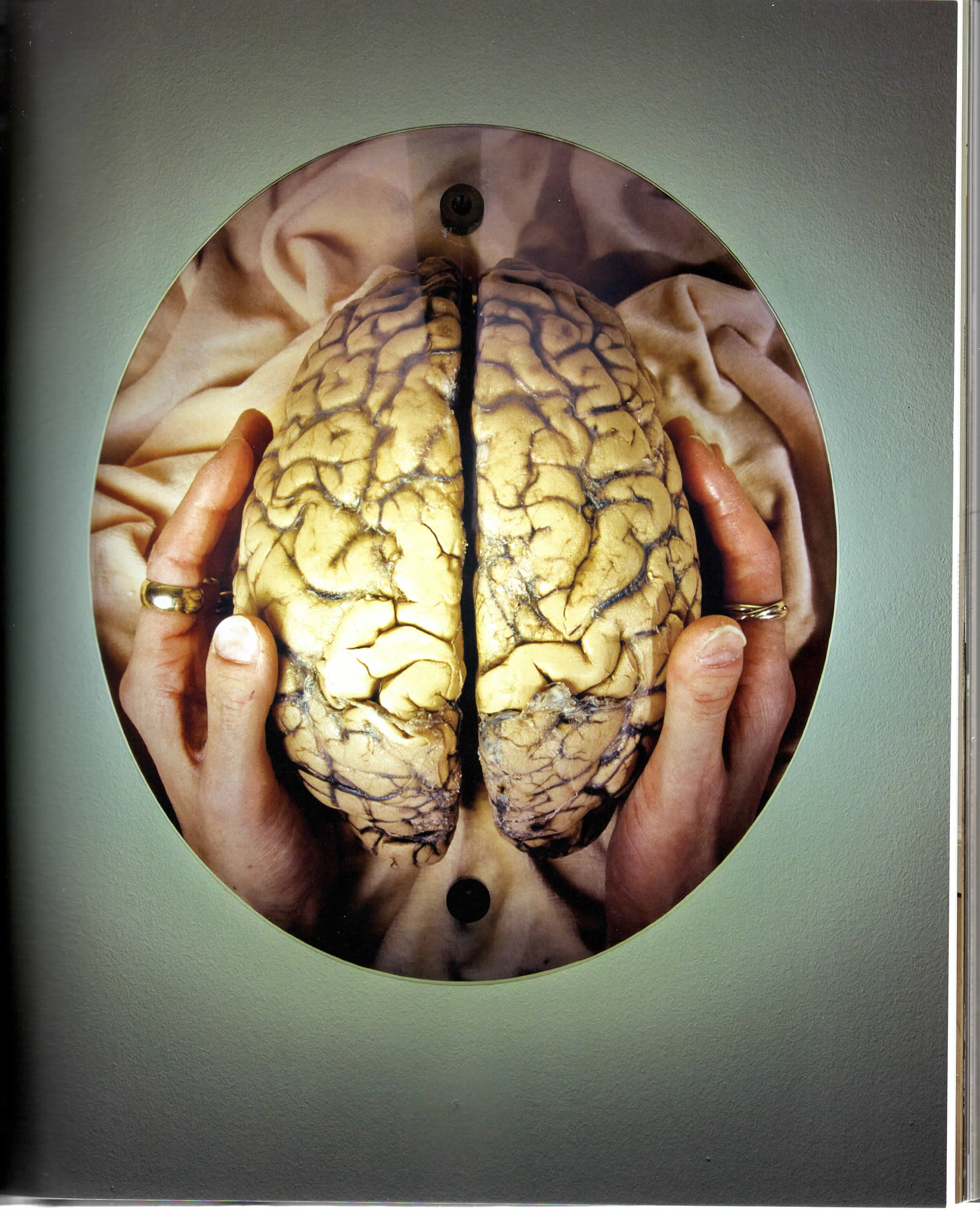
Helen Chadwick, 'Self-portrait', 1991. Thinking on how we can look at ourselves. how we sit with. how we hold. how we confront. how we construct identities that sit on invisible shelves in the internal.
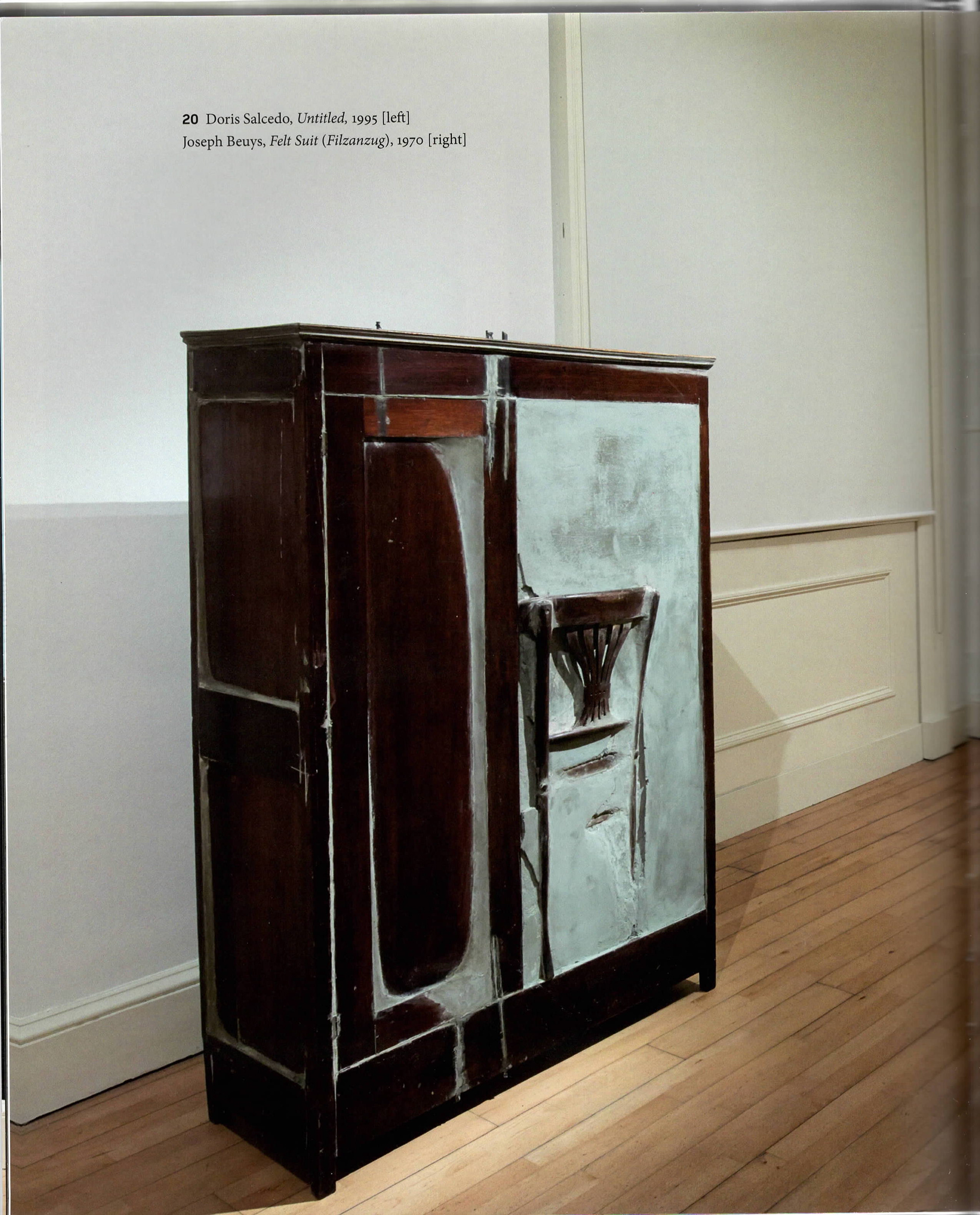
thinking on the freezing of time and securing in place. of preservation. of stopping. of impossibility. of impracticality. of deep love.
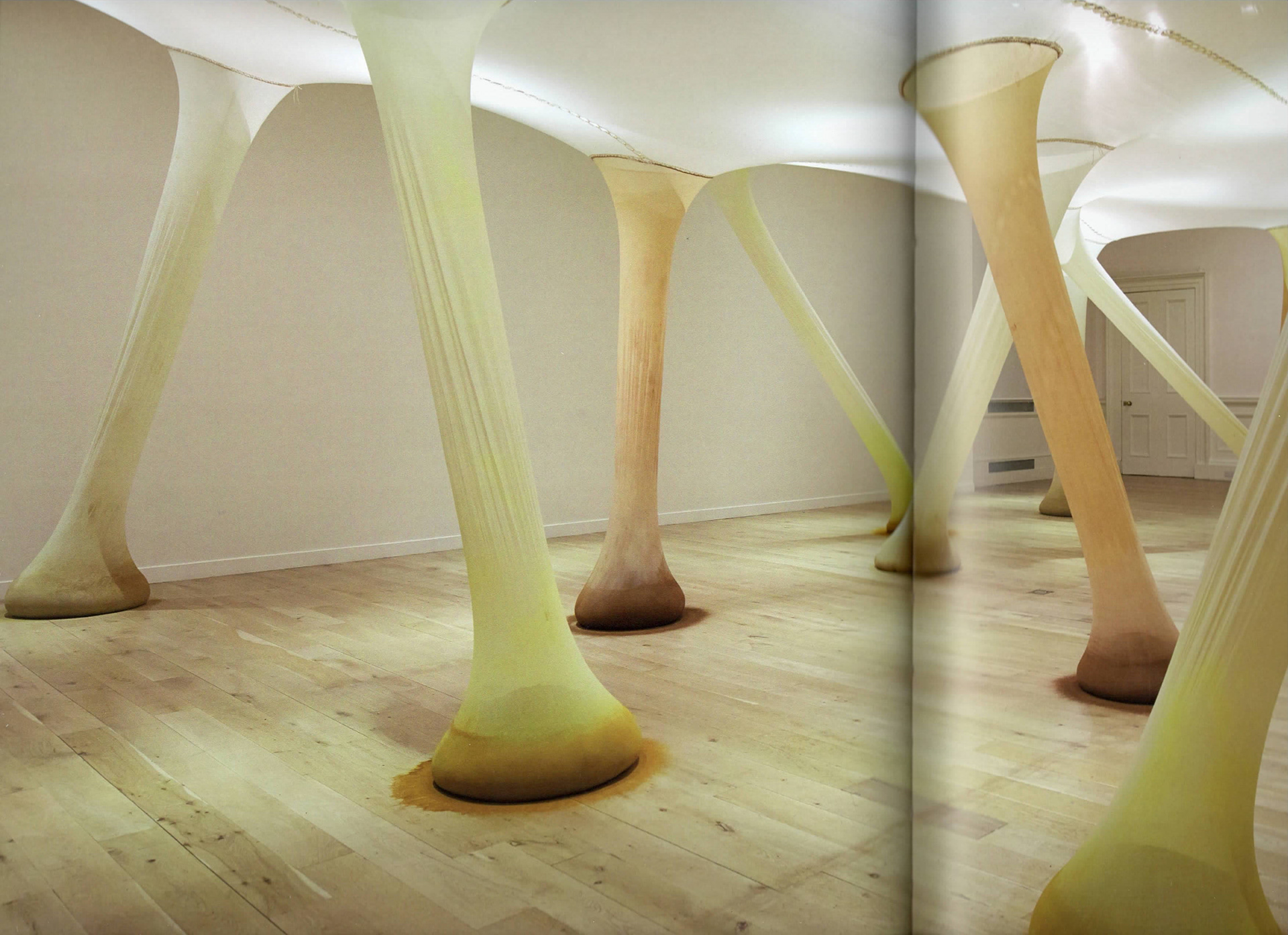
Ernesto Neto, 'It Happens When the Body is Anatomy of Time', 2000. One of the best titles I have ever found. made my stomach lurch. thinking of weight and burden. of evidence. of inner workings. of natural occurences. of the inevitable.
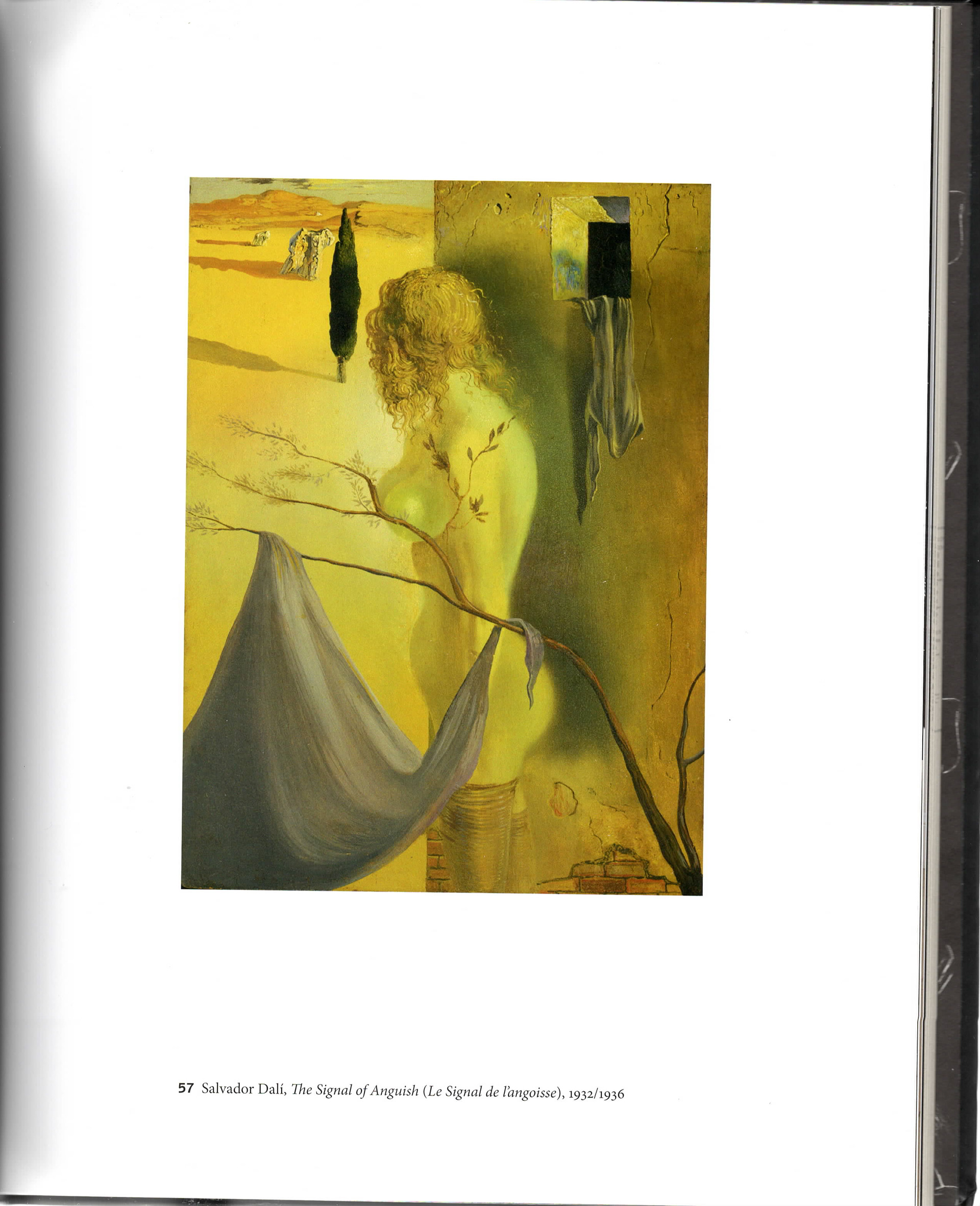
I always come back to this painting. I oscillate between feeling perturbed by the objectification of a woman's body and enamored by the different portals of viewing, the colors, her sense of being stuck, her sense of internal wandering. psychological landscapes. always.
Key Recent Exhibition Visits.
Jane Jin Kaisen: Halmang
@ esea contemporary
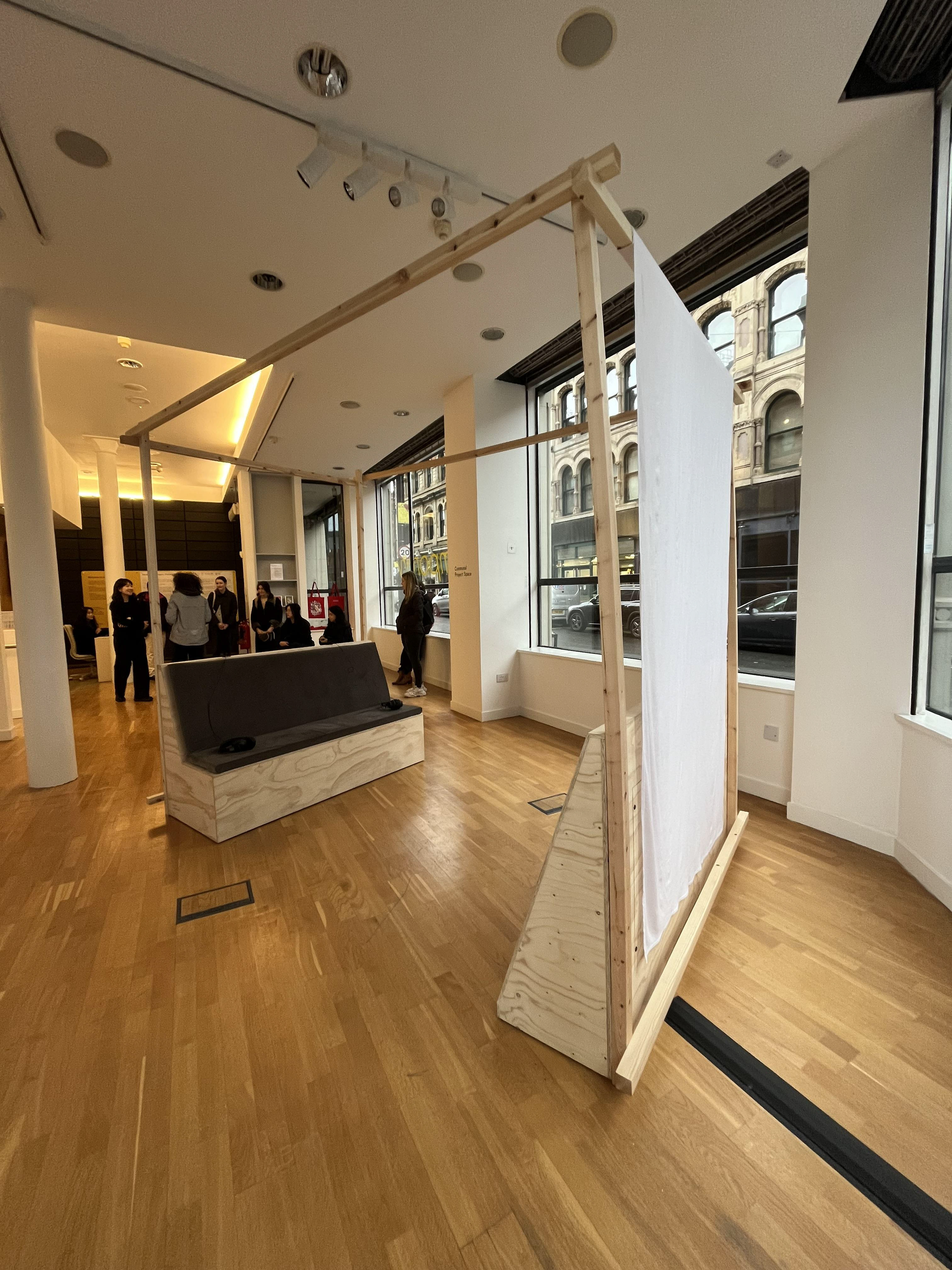
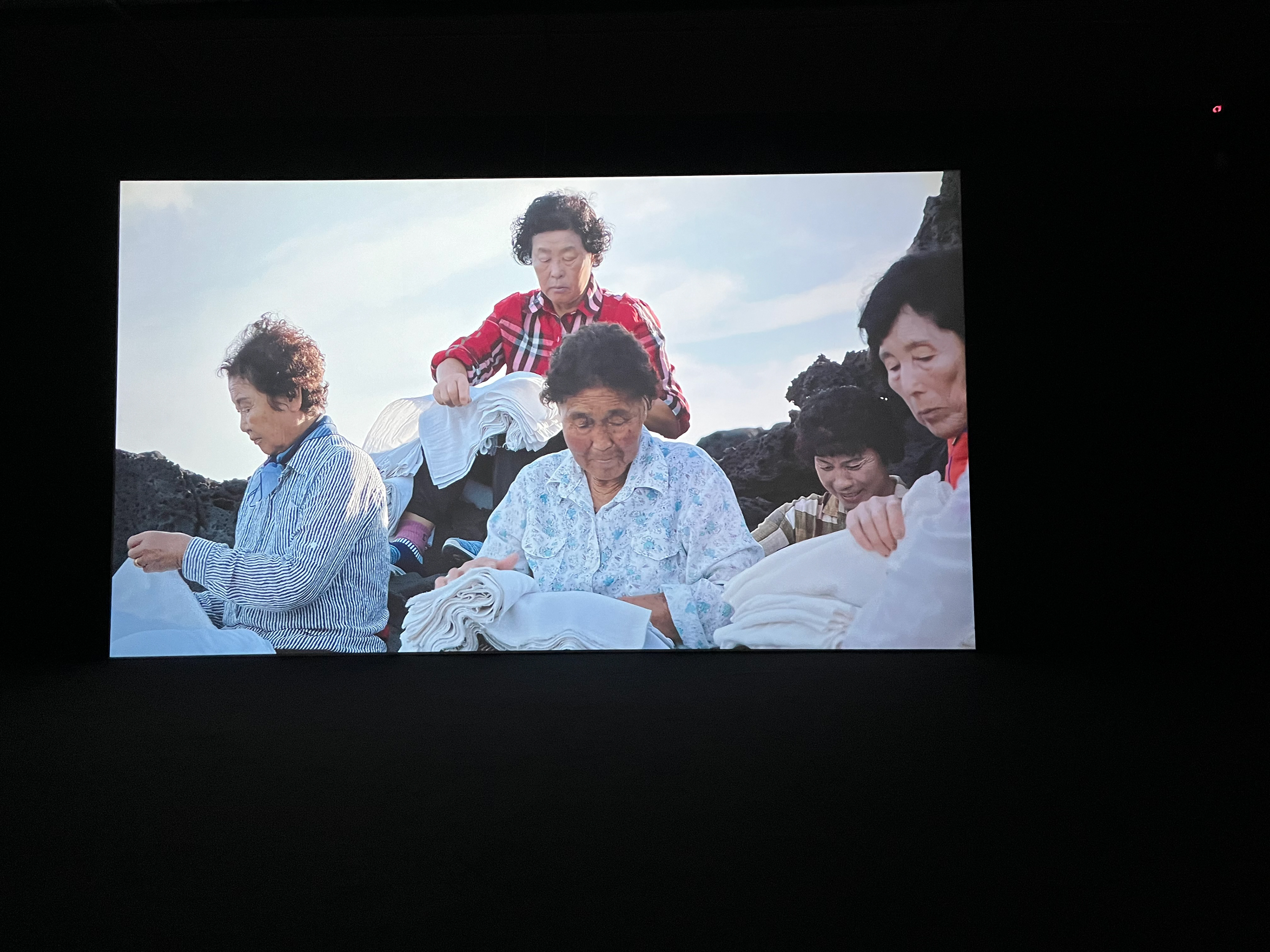
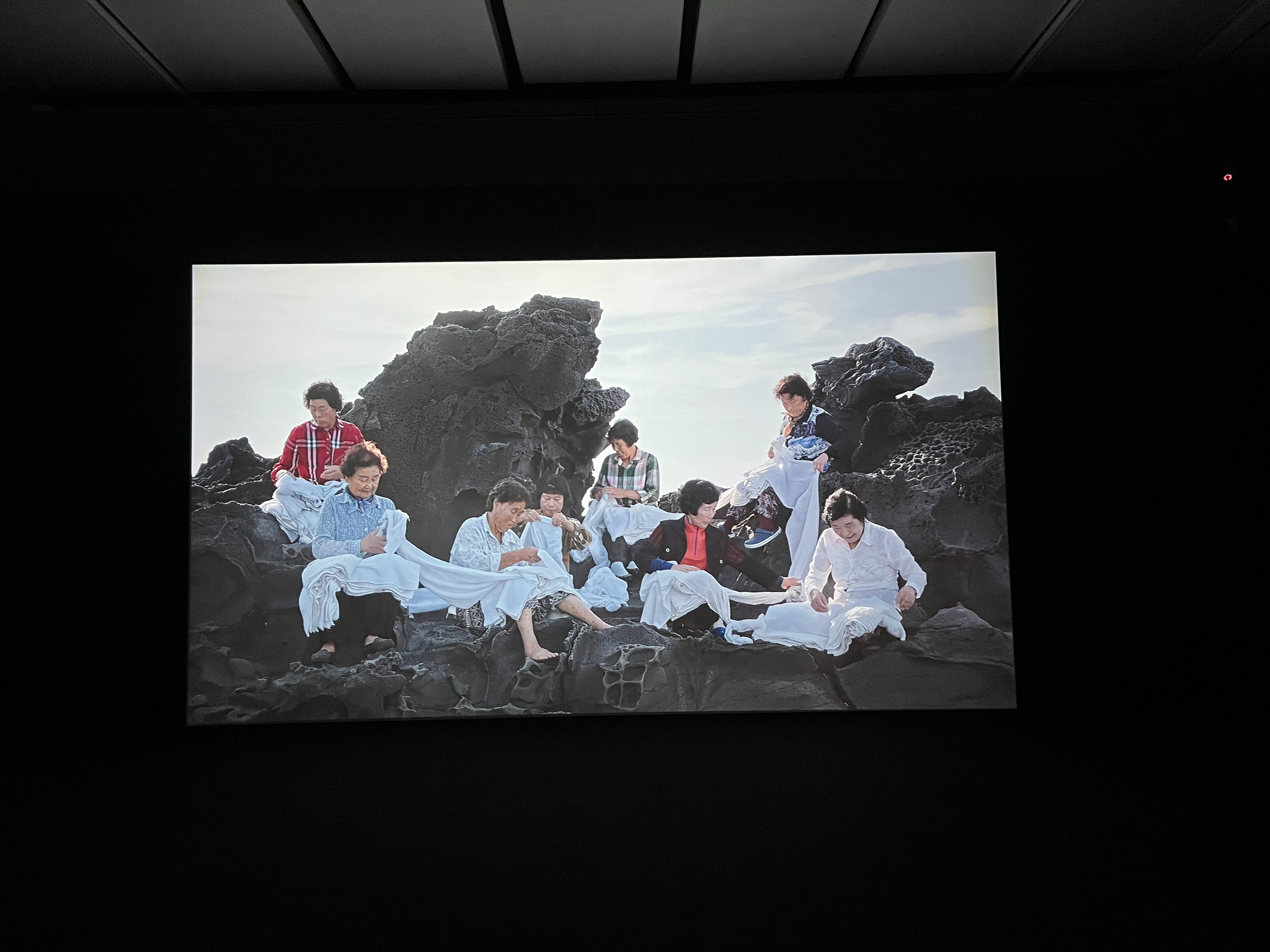
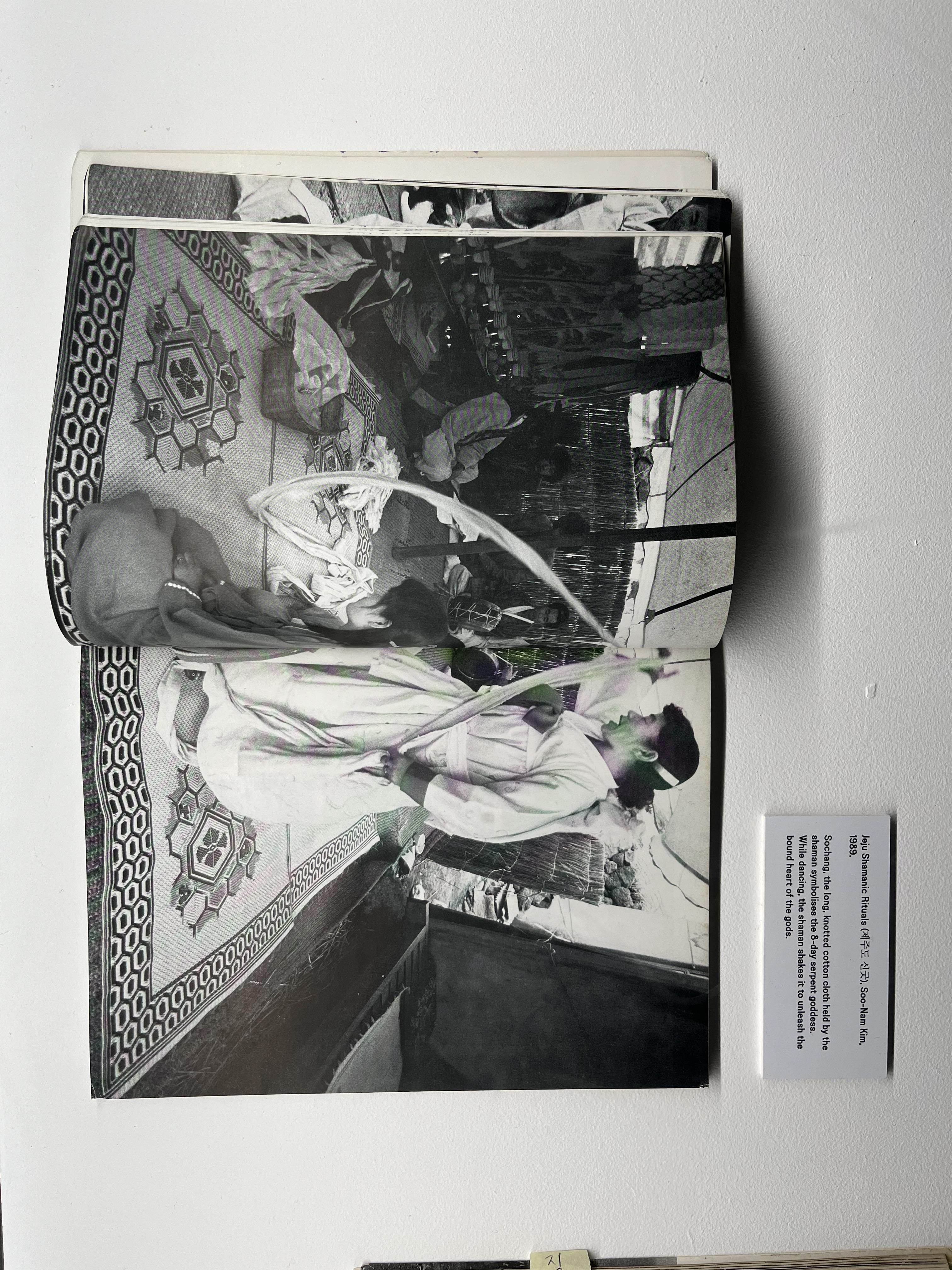
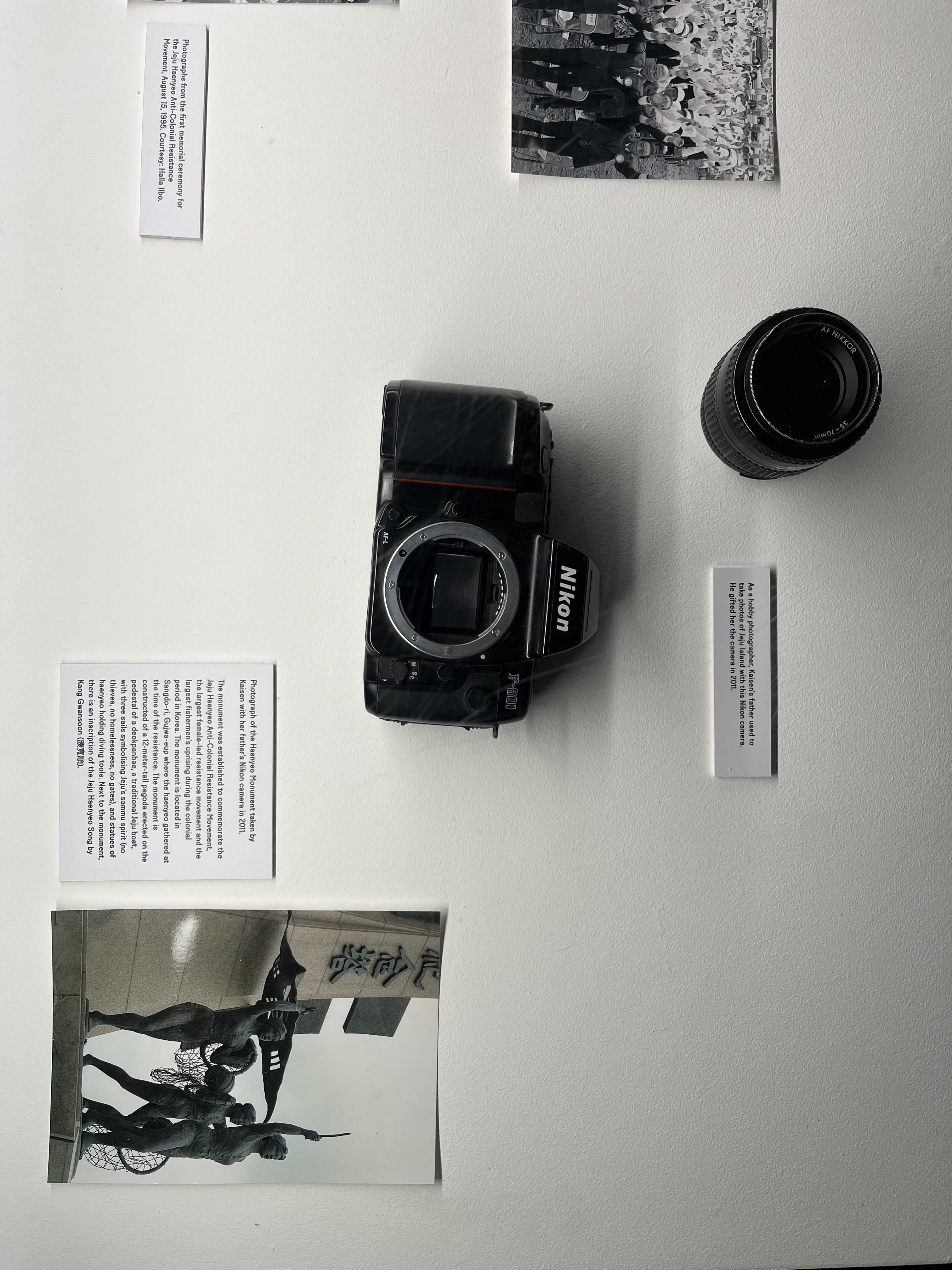
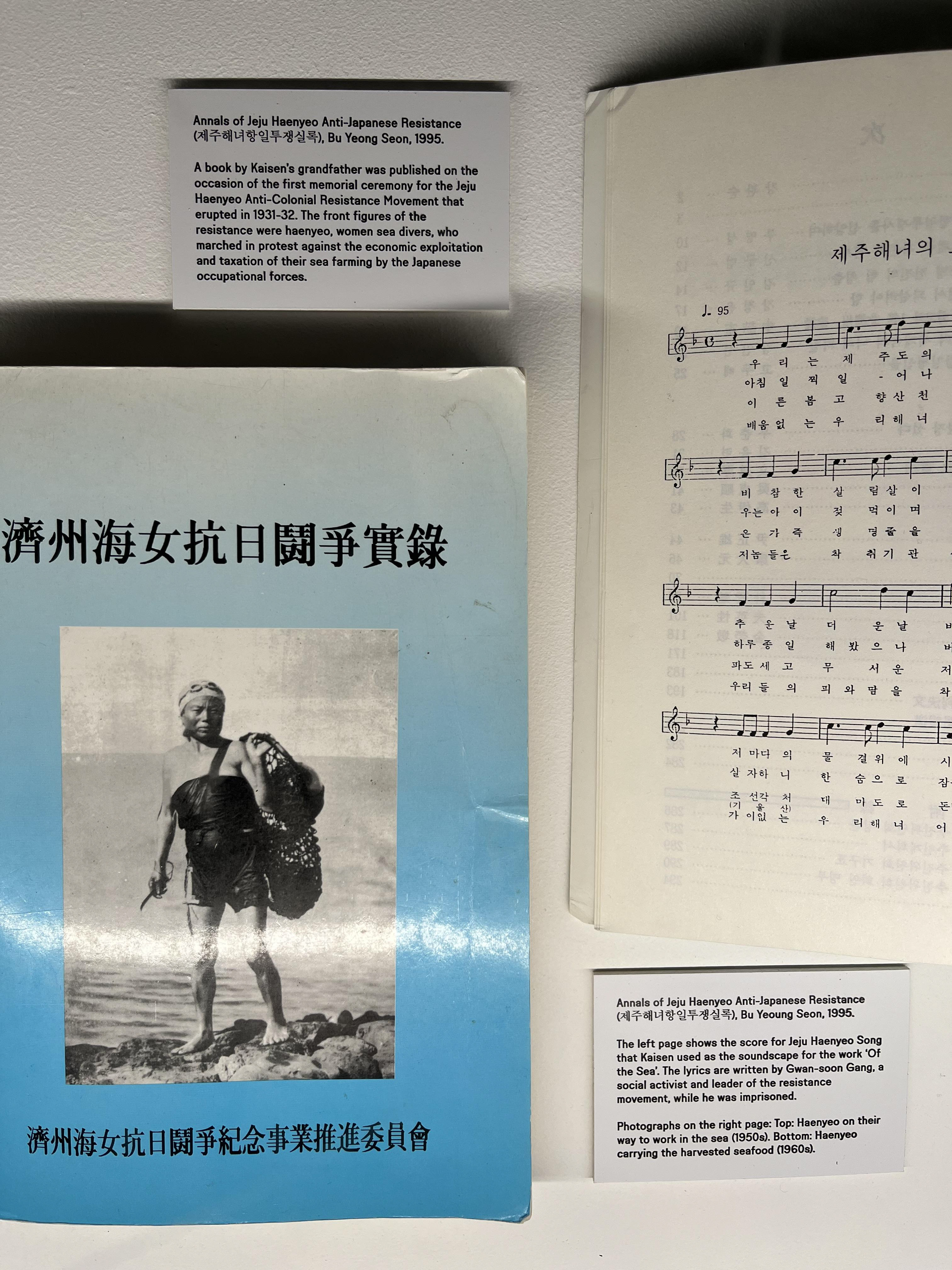
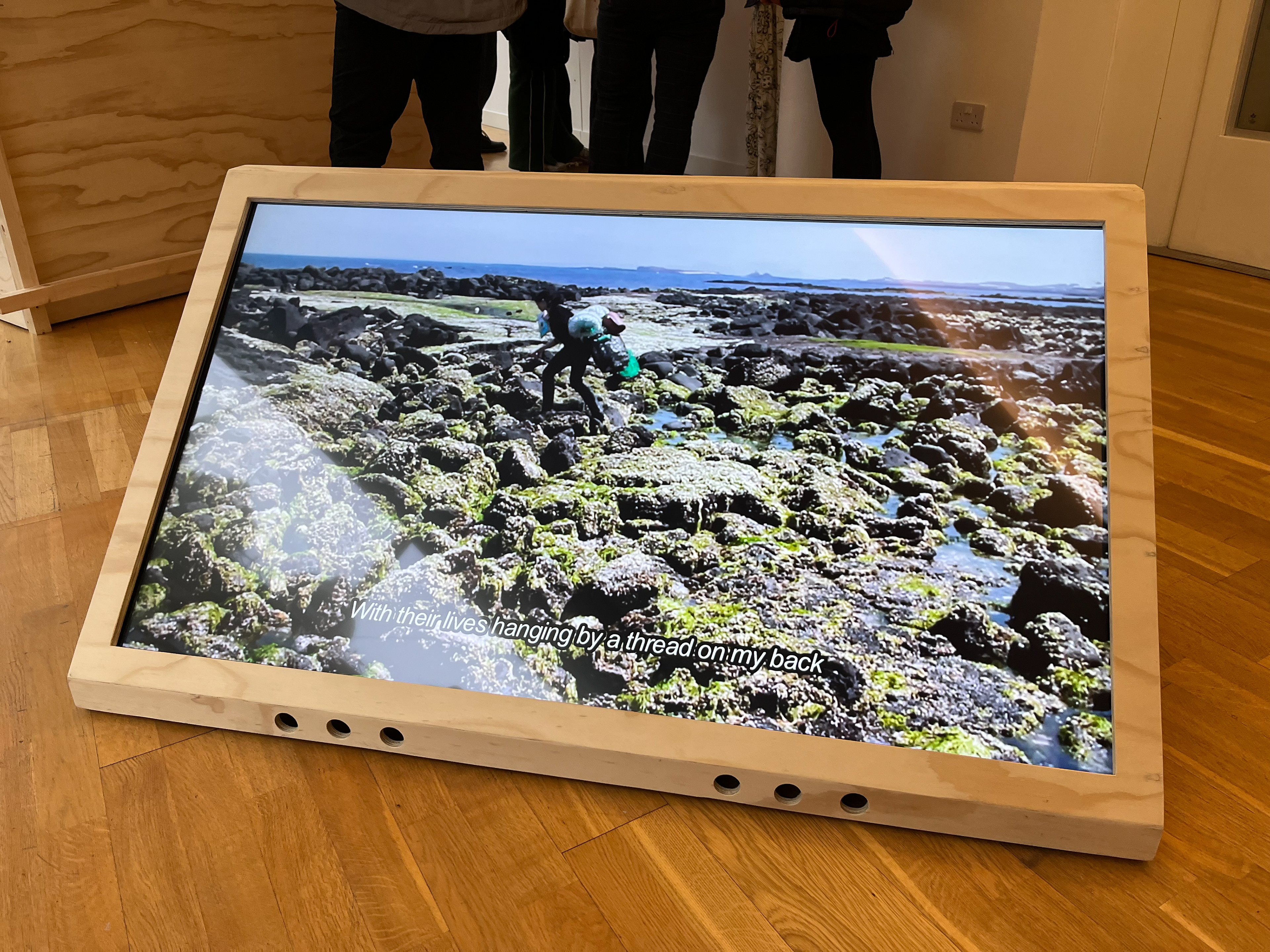
key takeaways:
building structures that feel ephemeral to house other work
giving shape + structure to a viewing space
very personal narrative points connecting out to wider universal stories and traditions
'how can we carry on traditions without repeating them?'
Jenny Matthews: Sewing Conflict
@ Street Level Photoworks
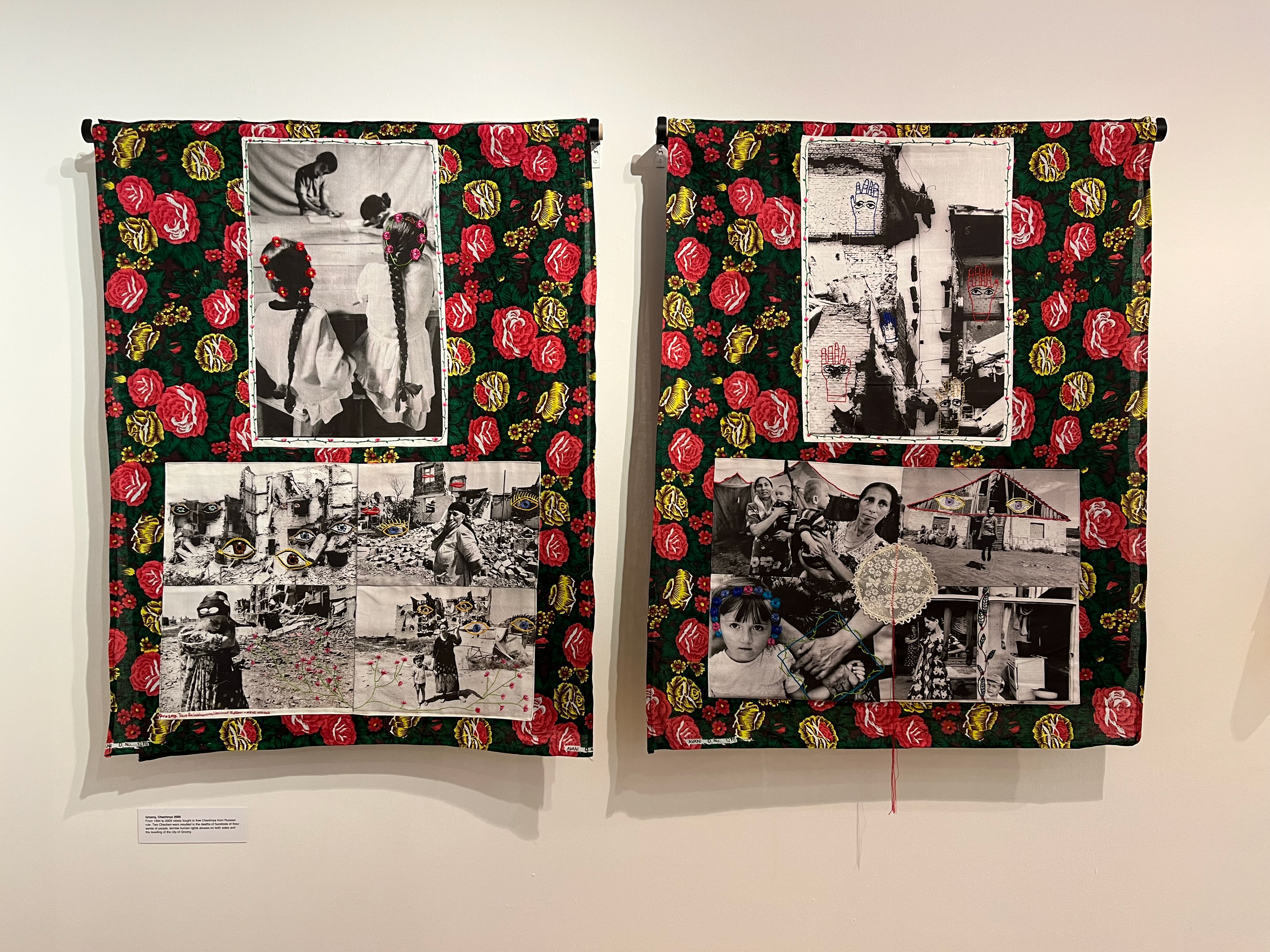
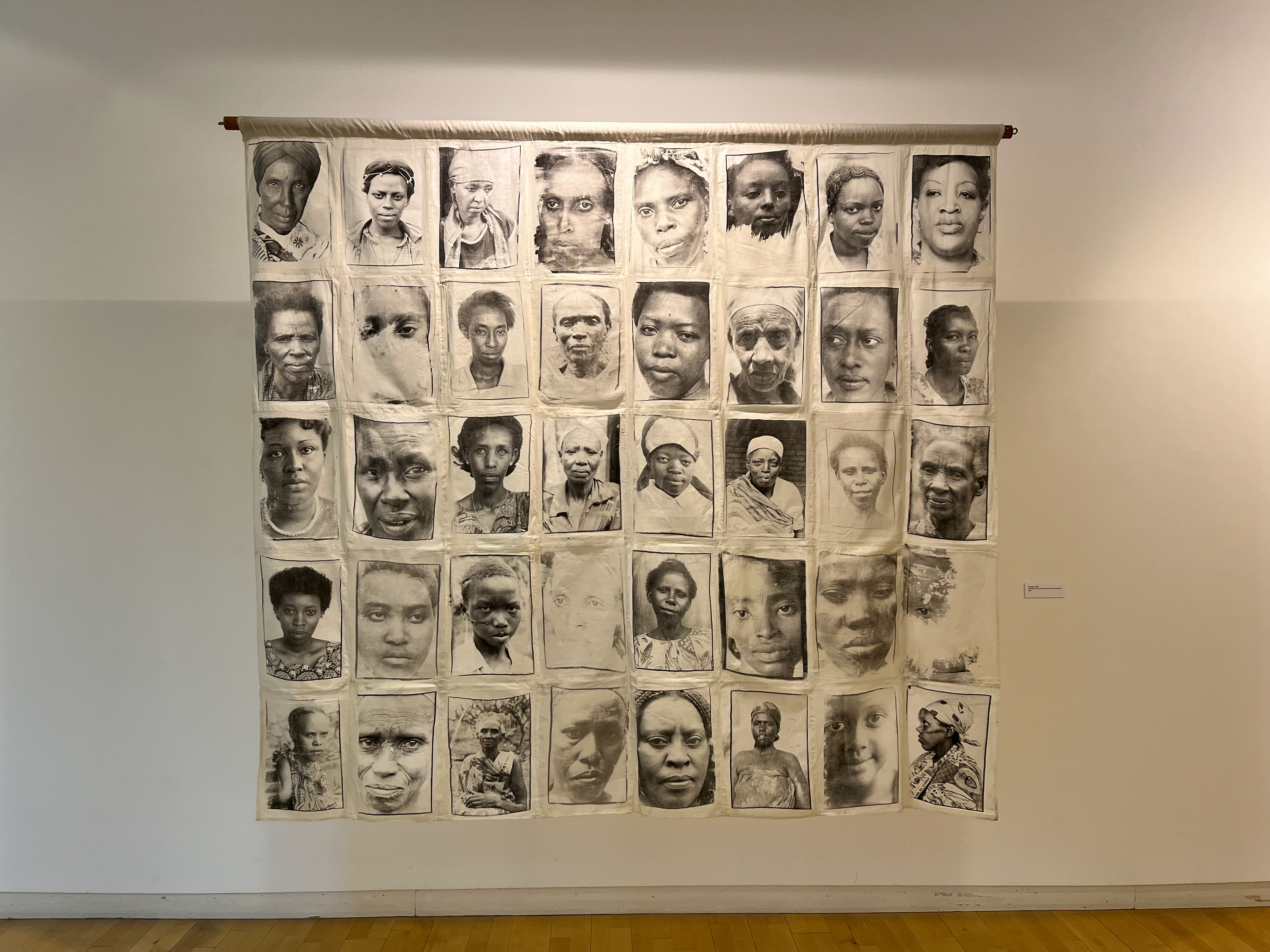
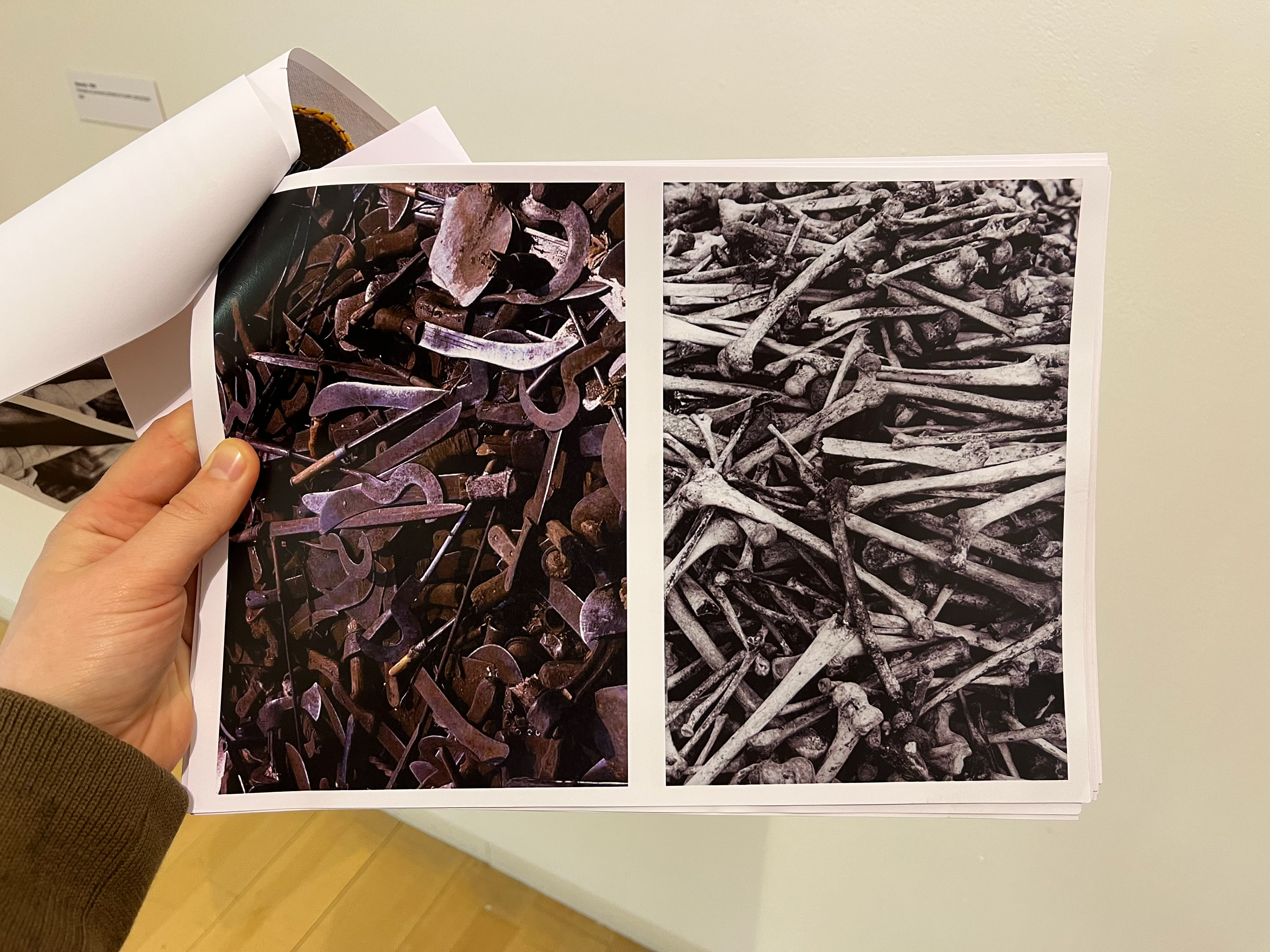
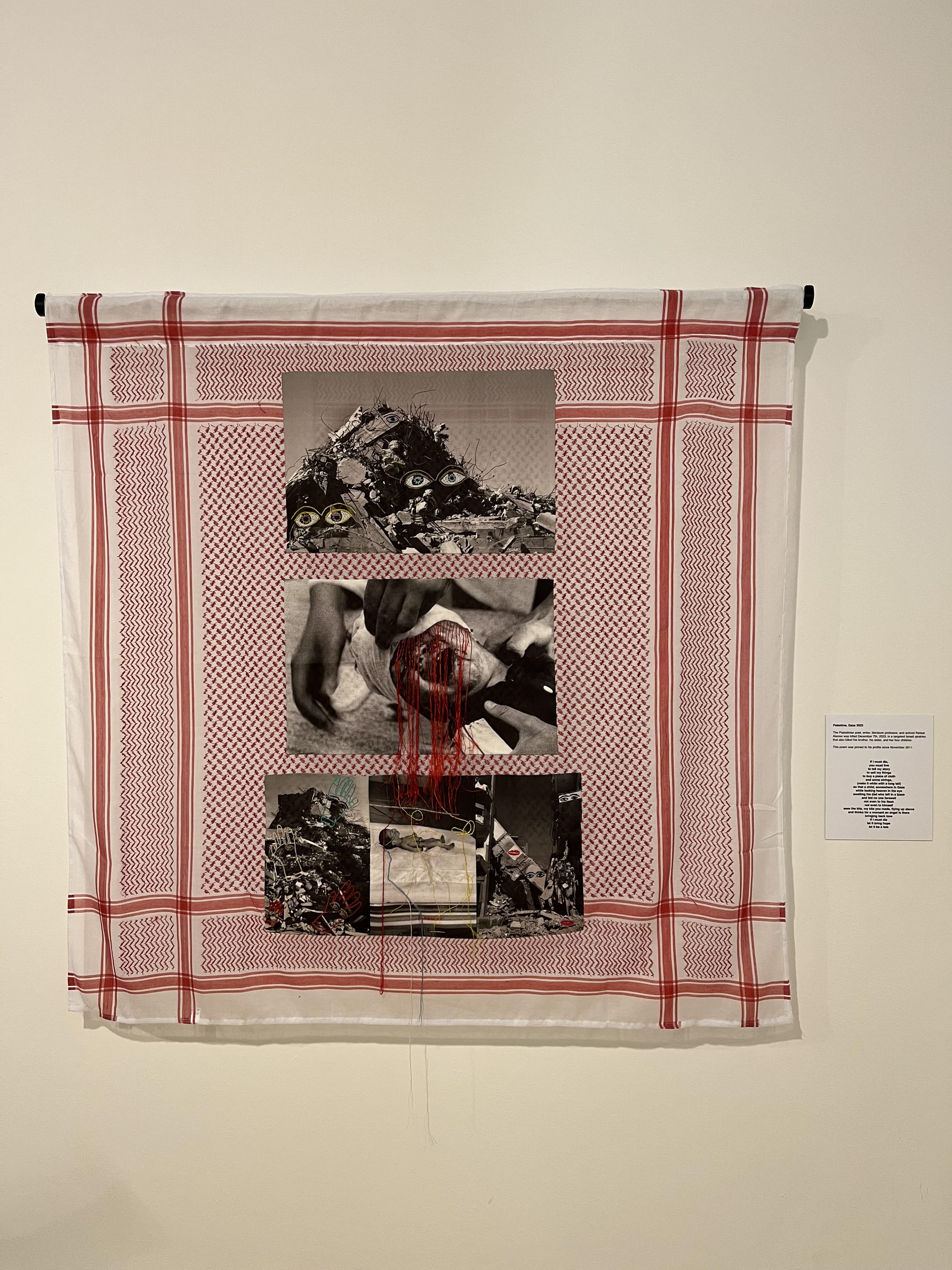
key takeaways:
ideas around tapestries and sewing as women's work, married with intense personal histories
juxtapositions between extreme violence, pain, death and the beauty and glory given to the people in tapestry form
technical application of photographs within textile forms, traditional sewn methods and sublimation printing
Marc Hundley: Once There Was a Tree
@ The Modern Institute
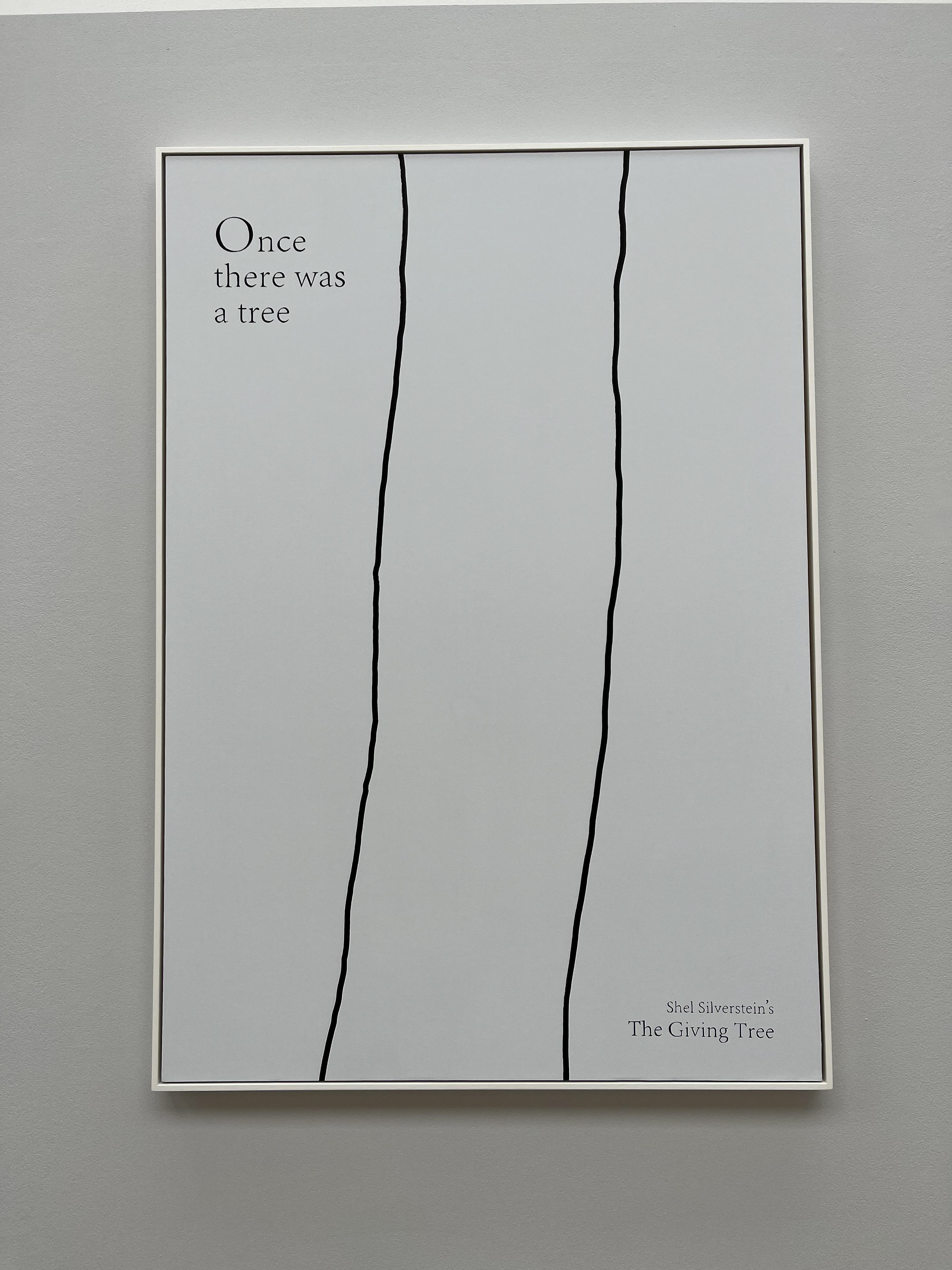
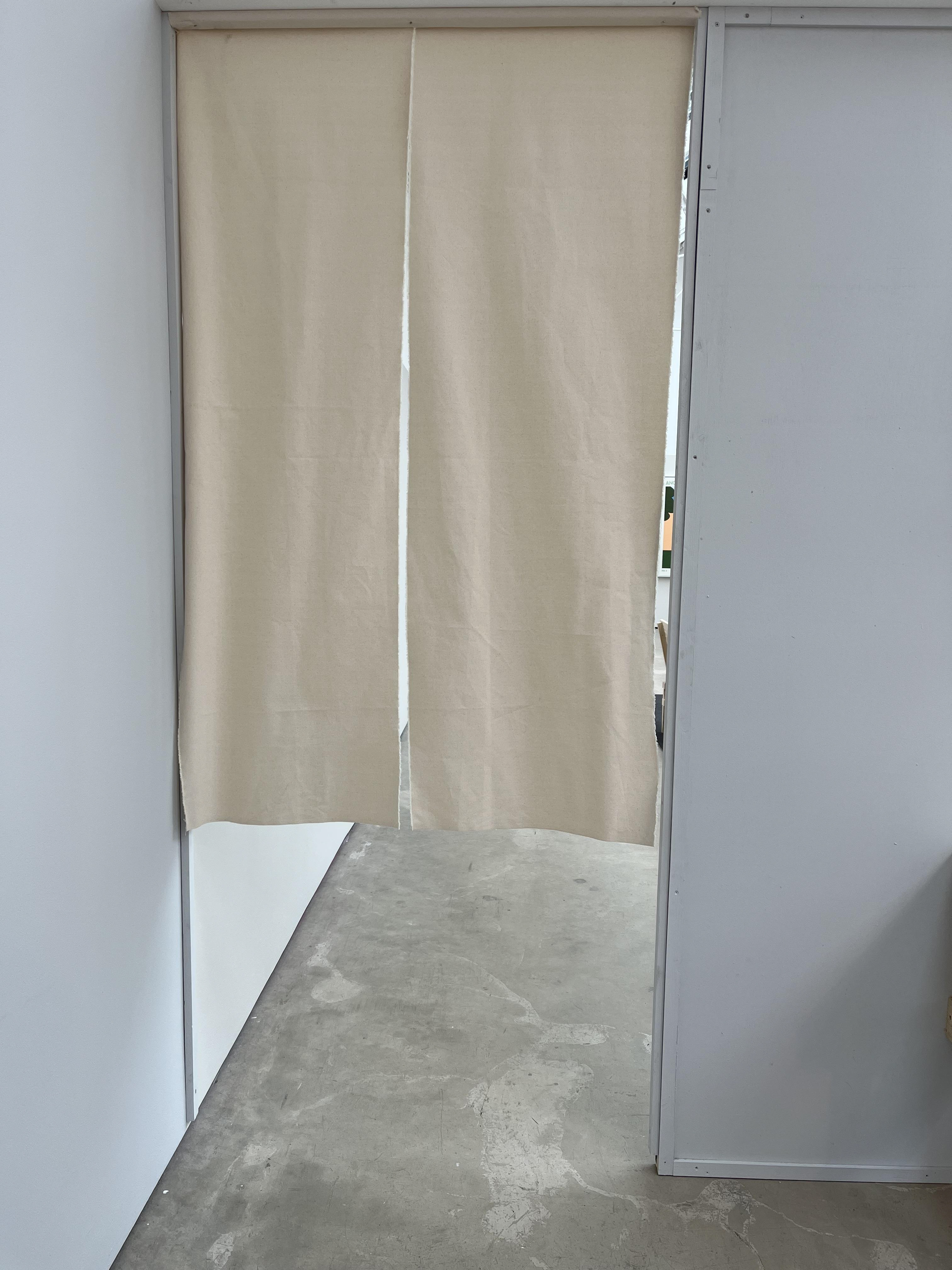
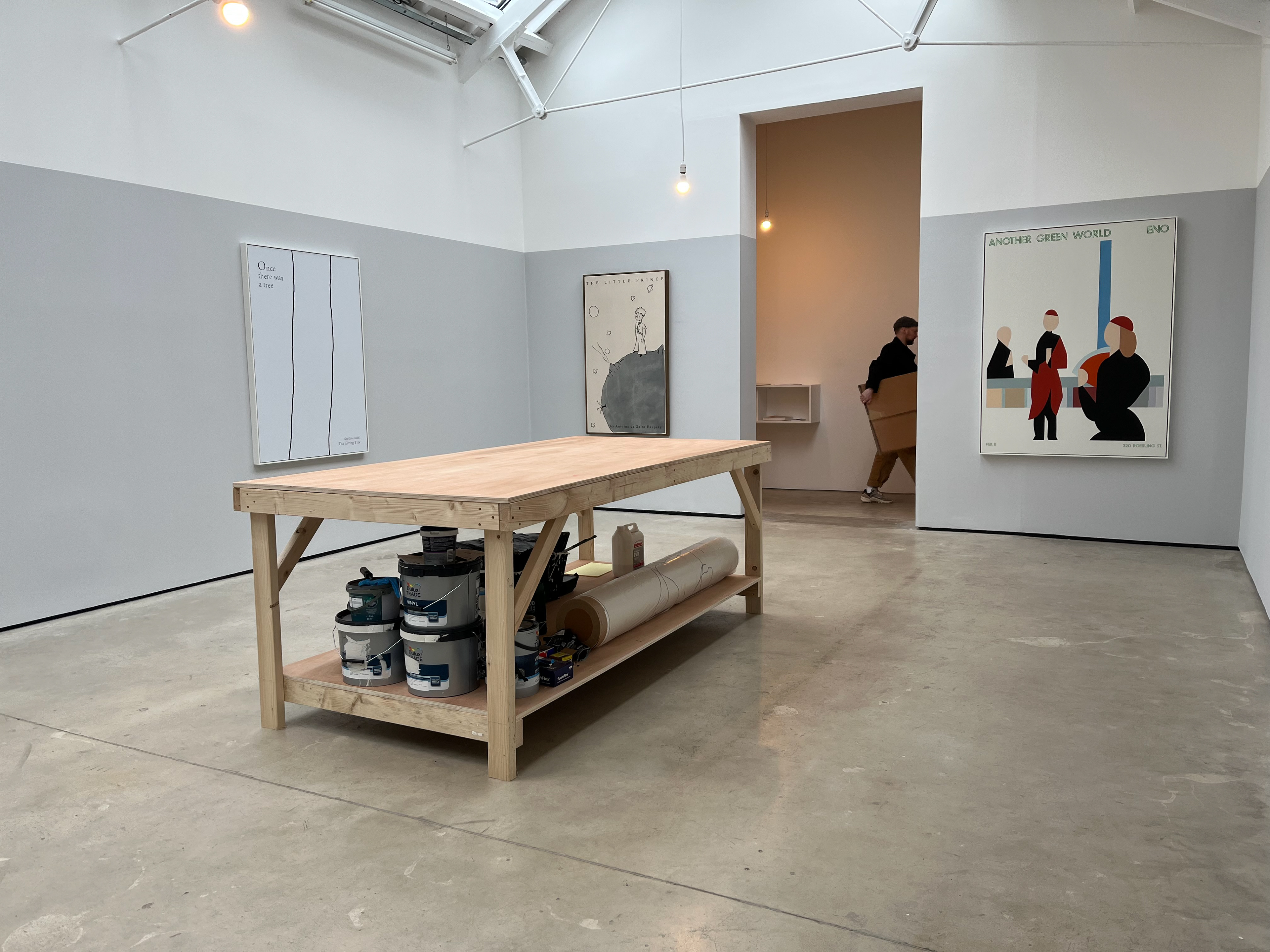
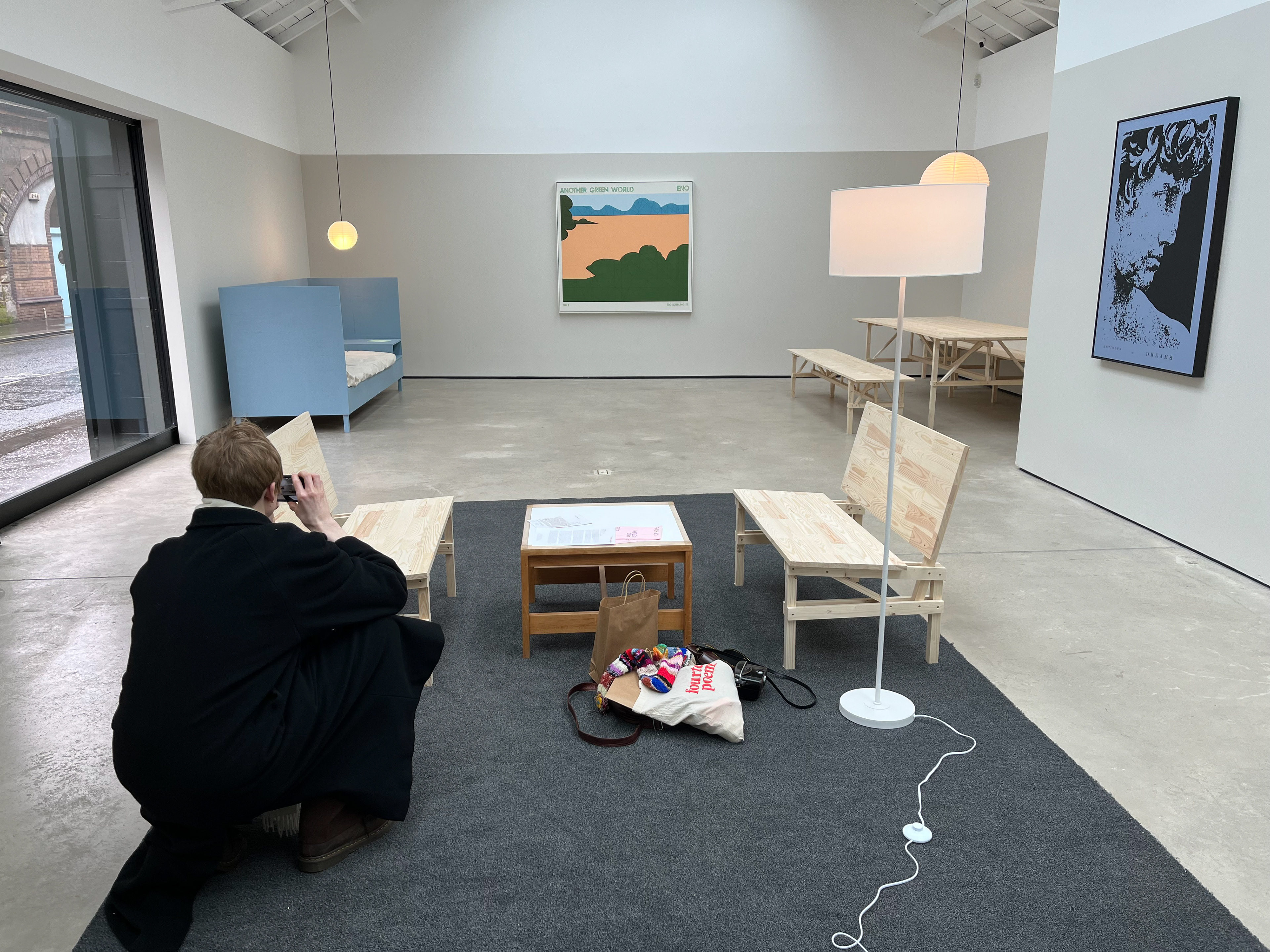
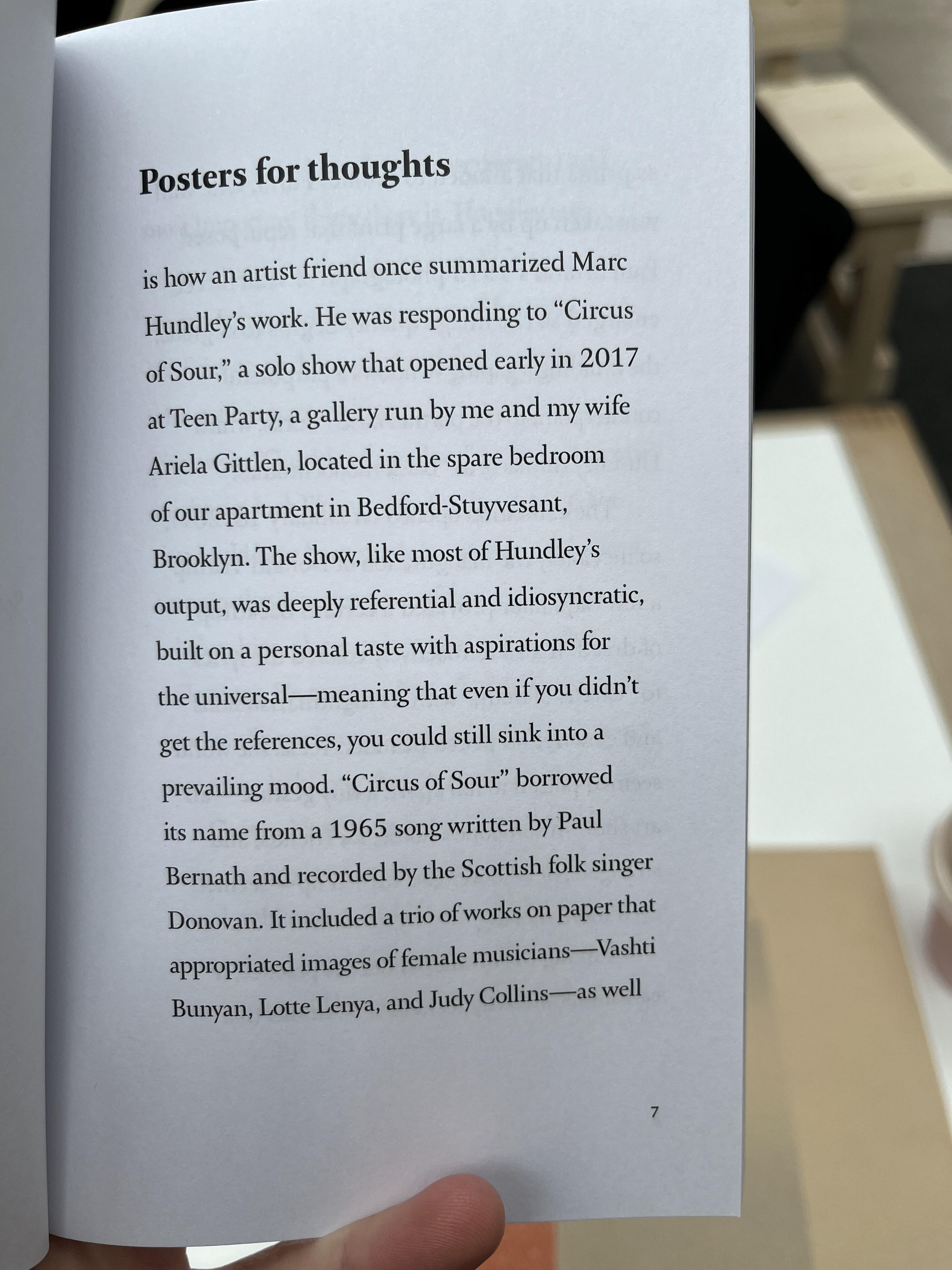
key takeaways:
replication of computer fonts through hand-painting, extremely effective! allows for change of perspective and contemplation of the methods behind the work, the decided choice to hand-paint rather than screenprint/stencil etc
organization of a space to evoke feeling of somewhere else you have been before, towing the line between something feeling staged and something being happen-stance
dividing the gallery into two distinct spaces, the initial room staged to feel like a workshop, only upon deeper observation is it clear this is purely aesthetic.
Bits of text and personal references that are not inherently understood by the viewer but become part of their own universe which can be understood in context to itself